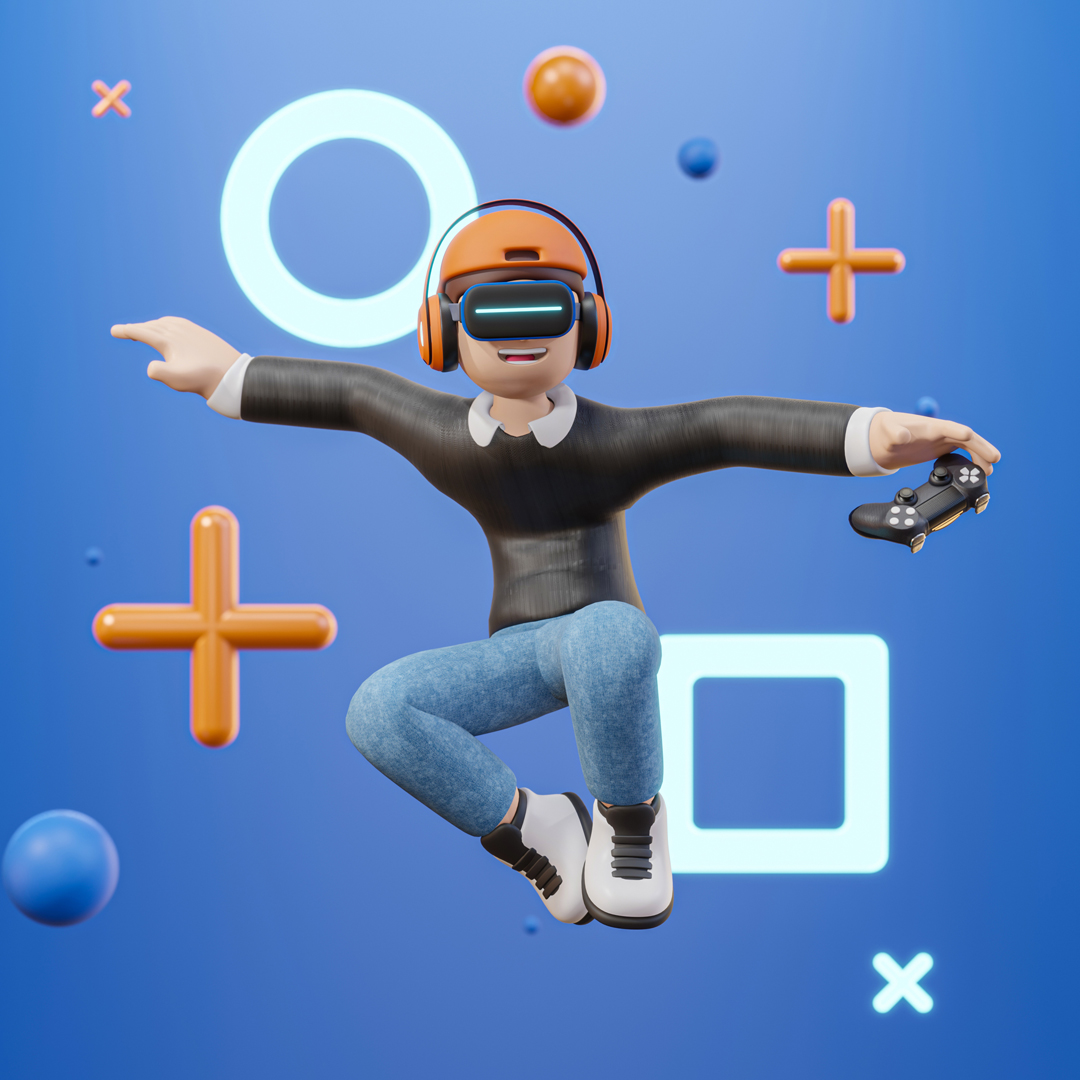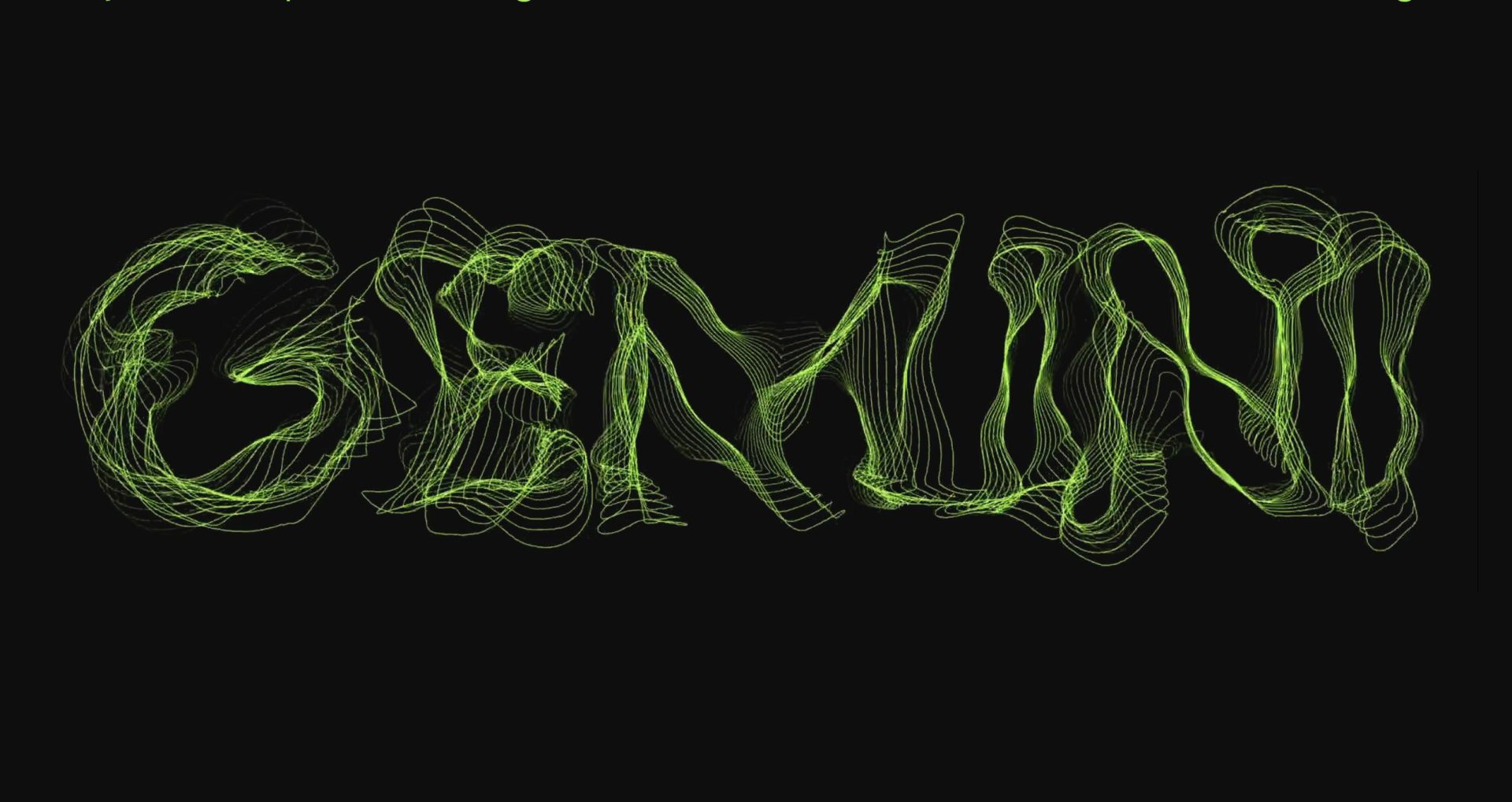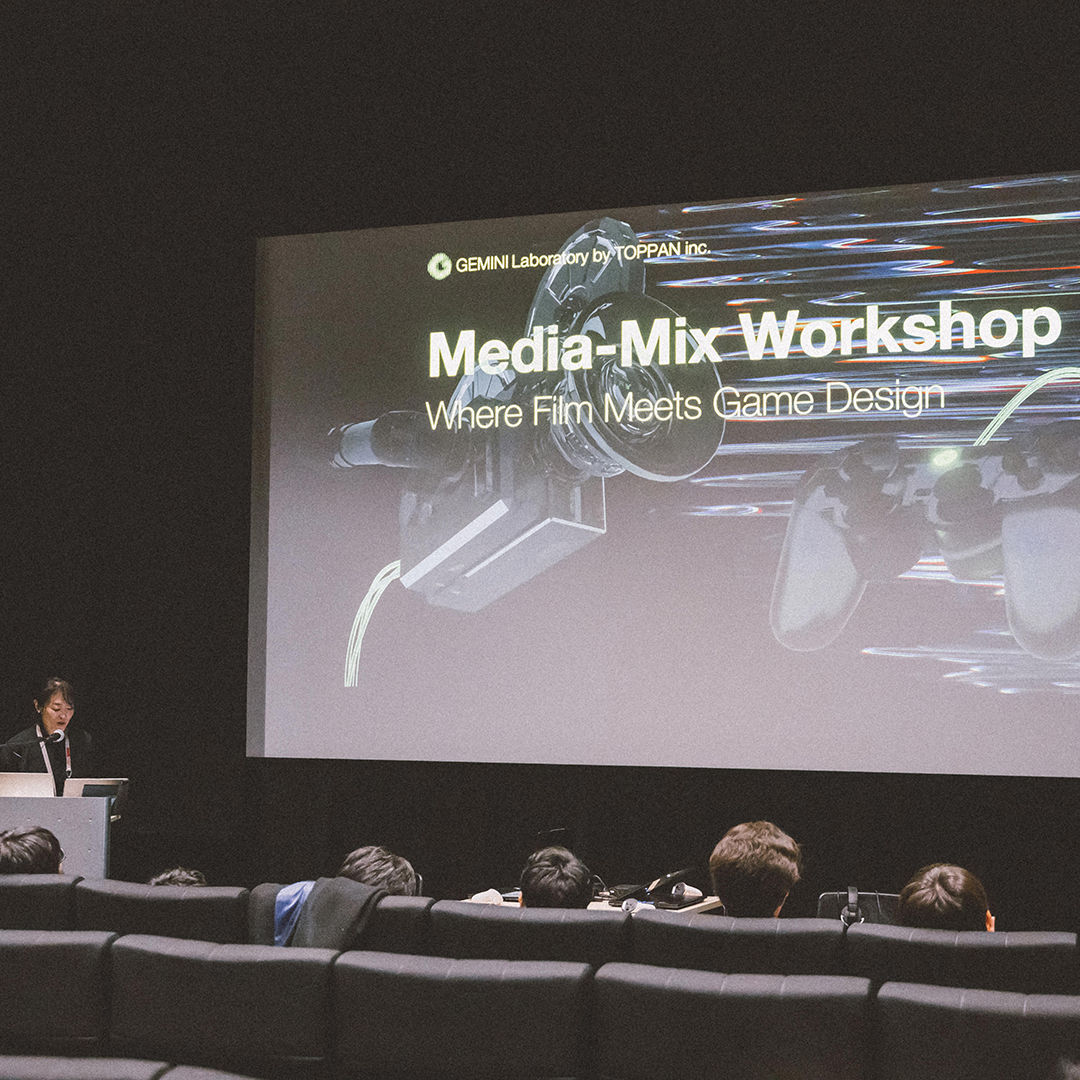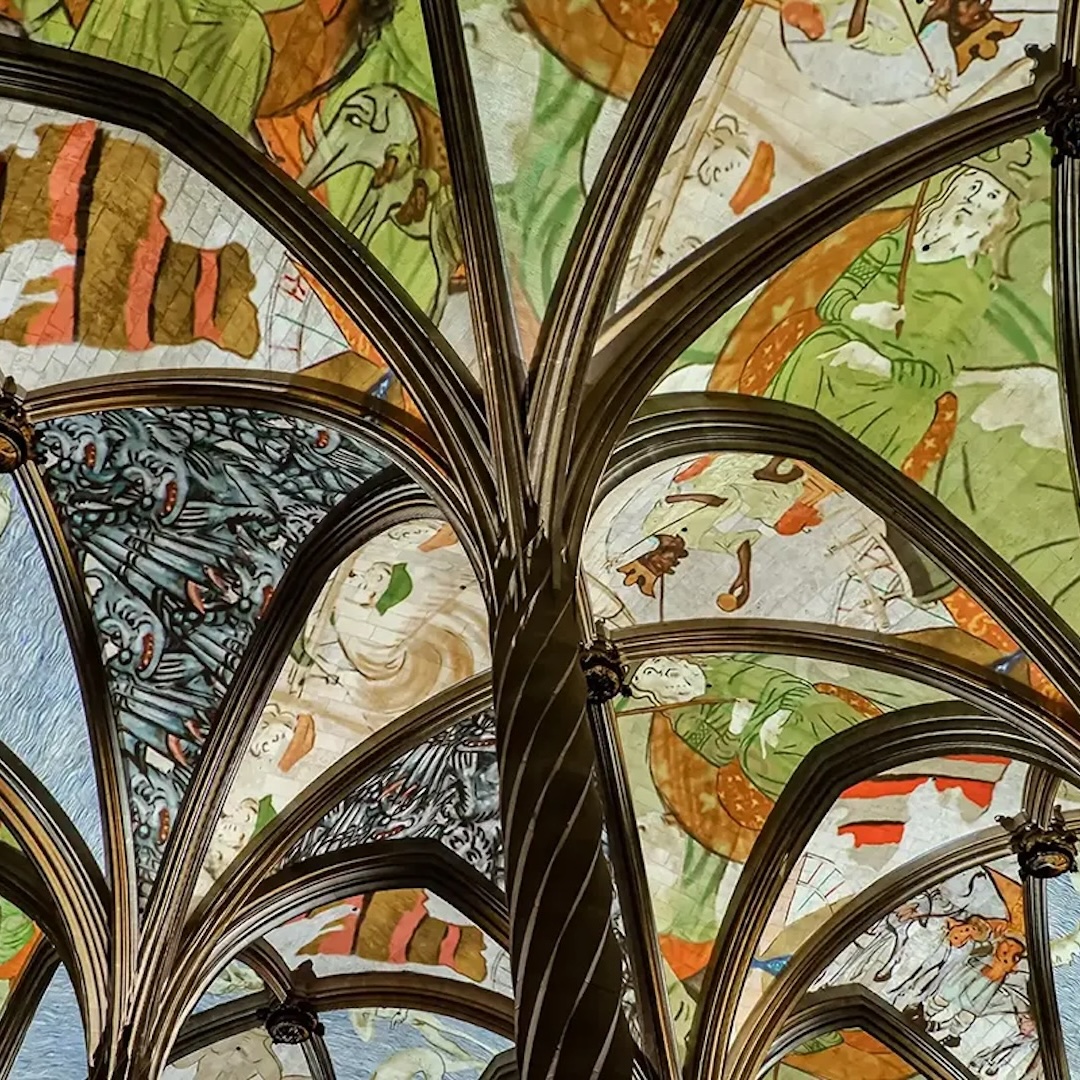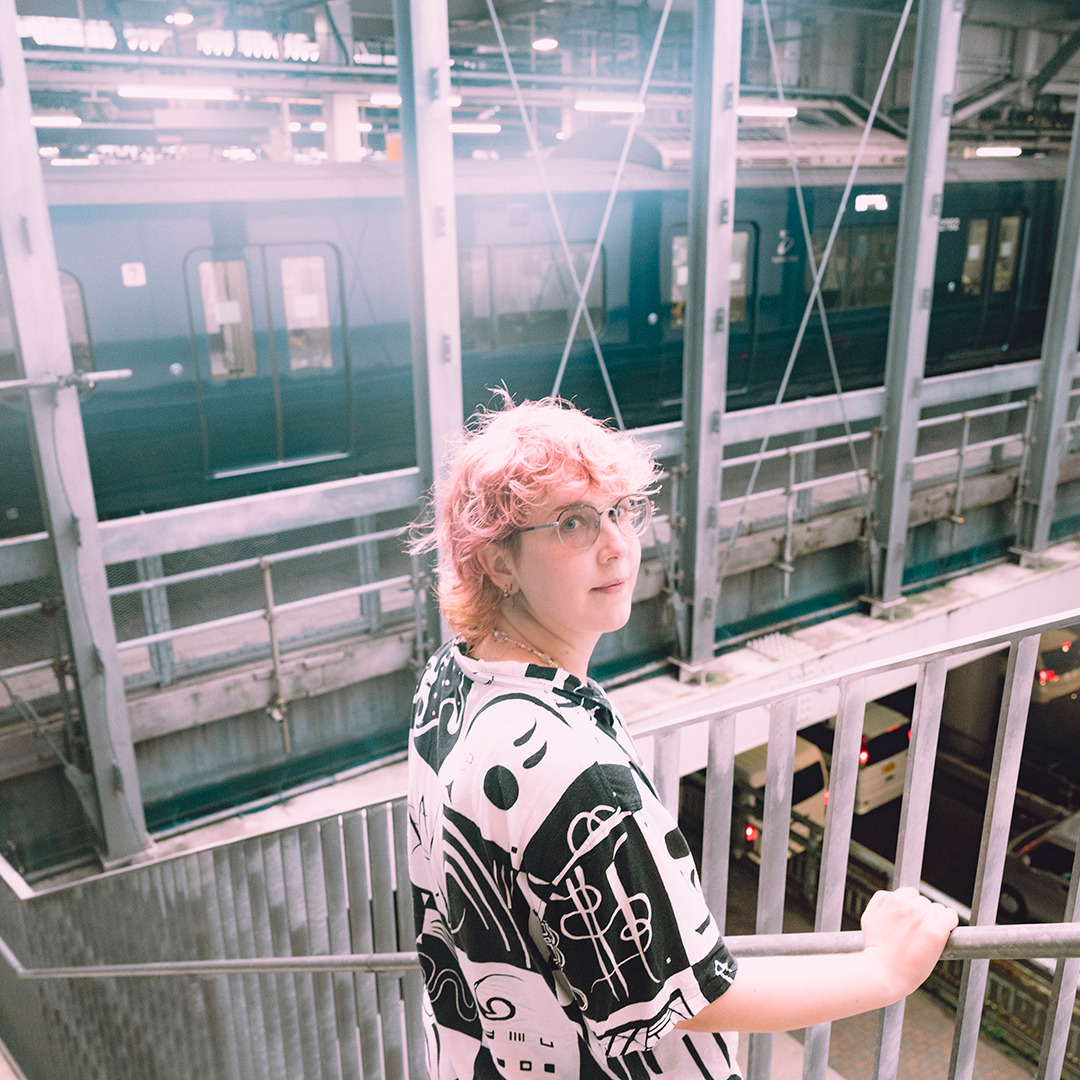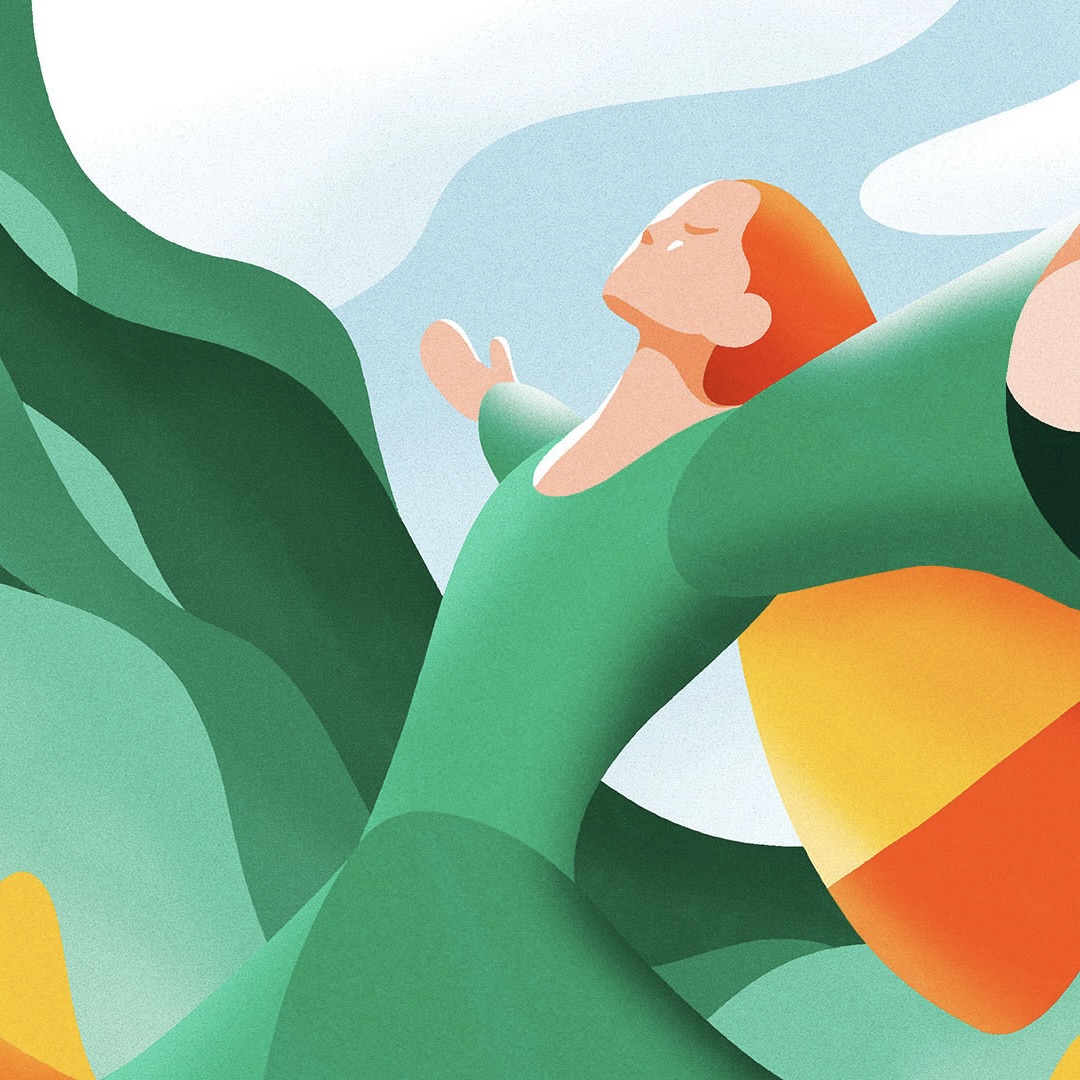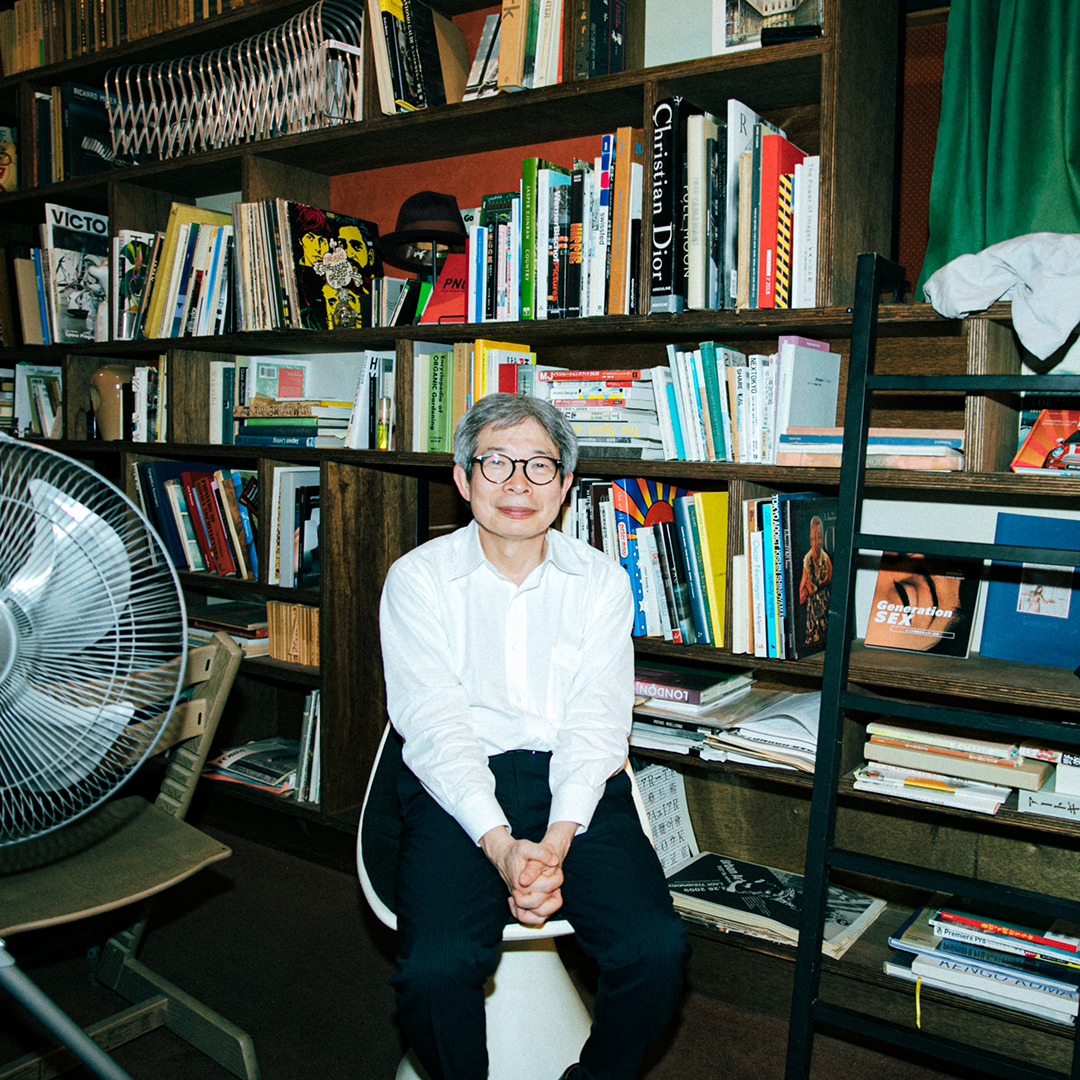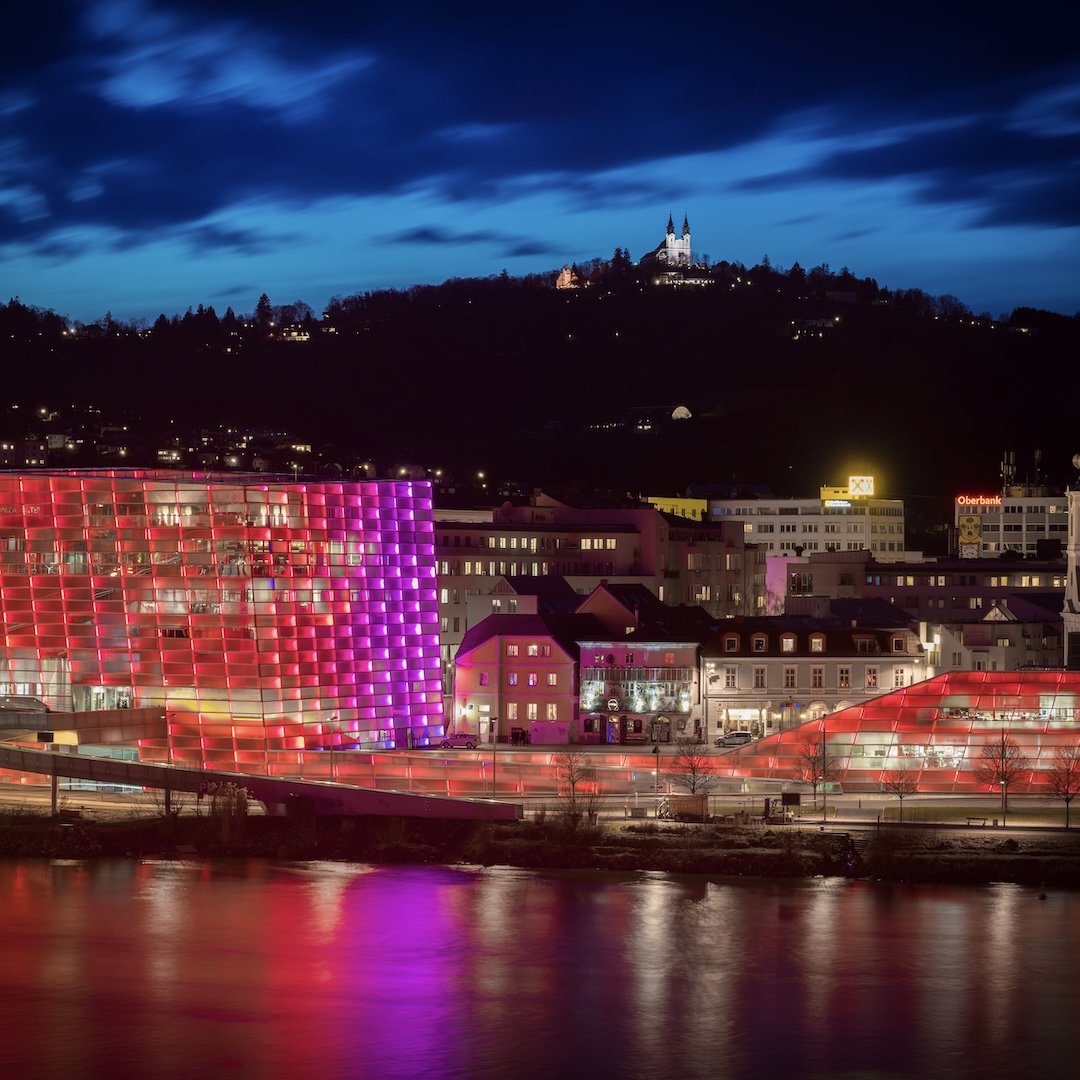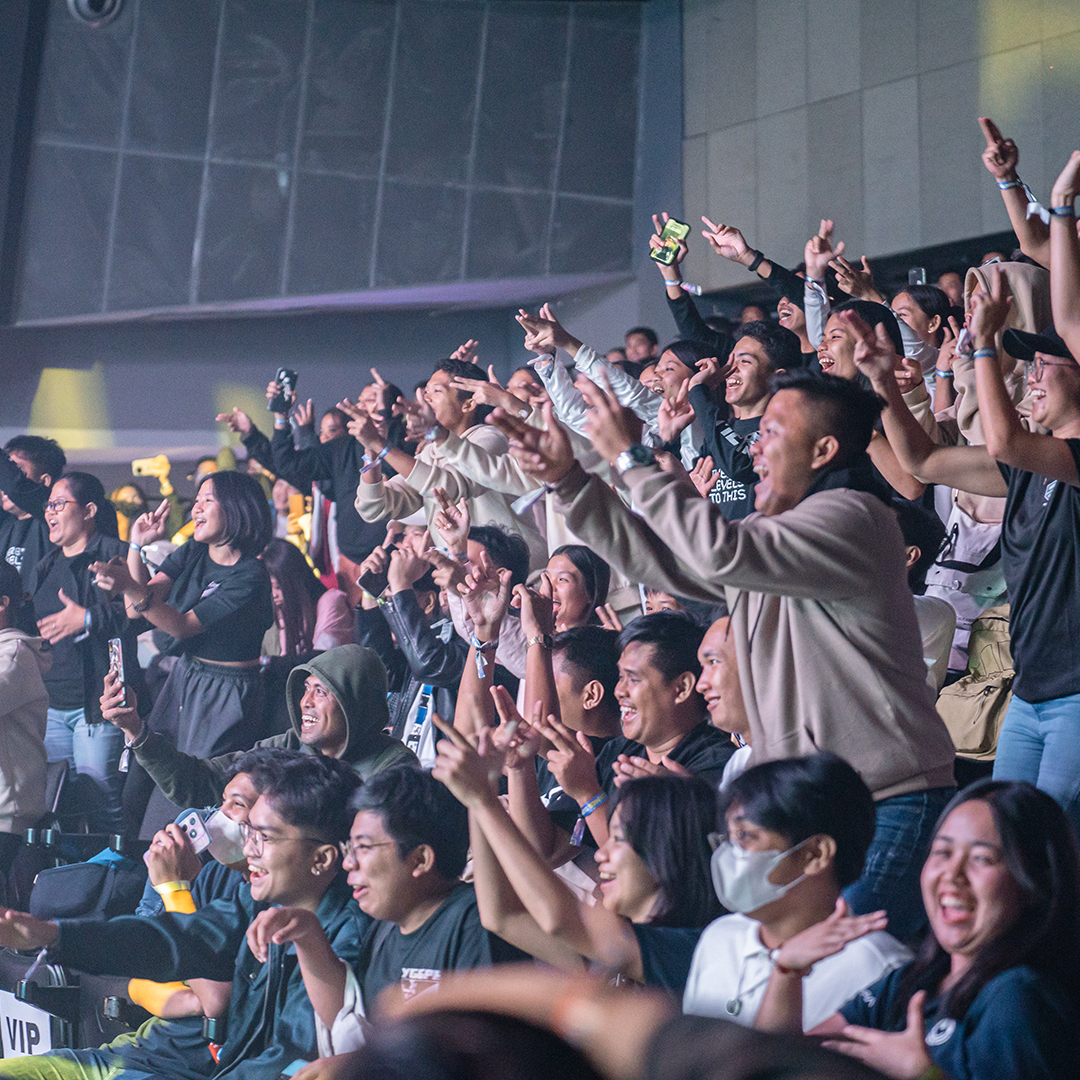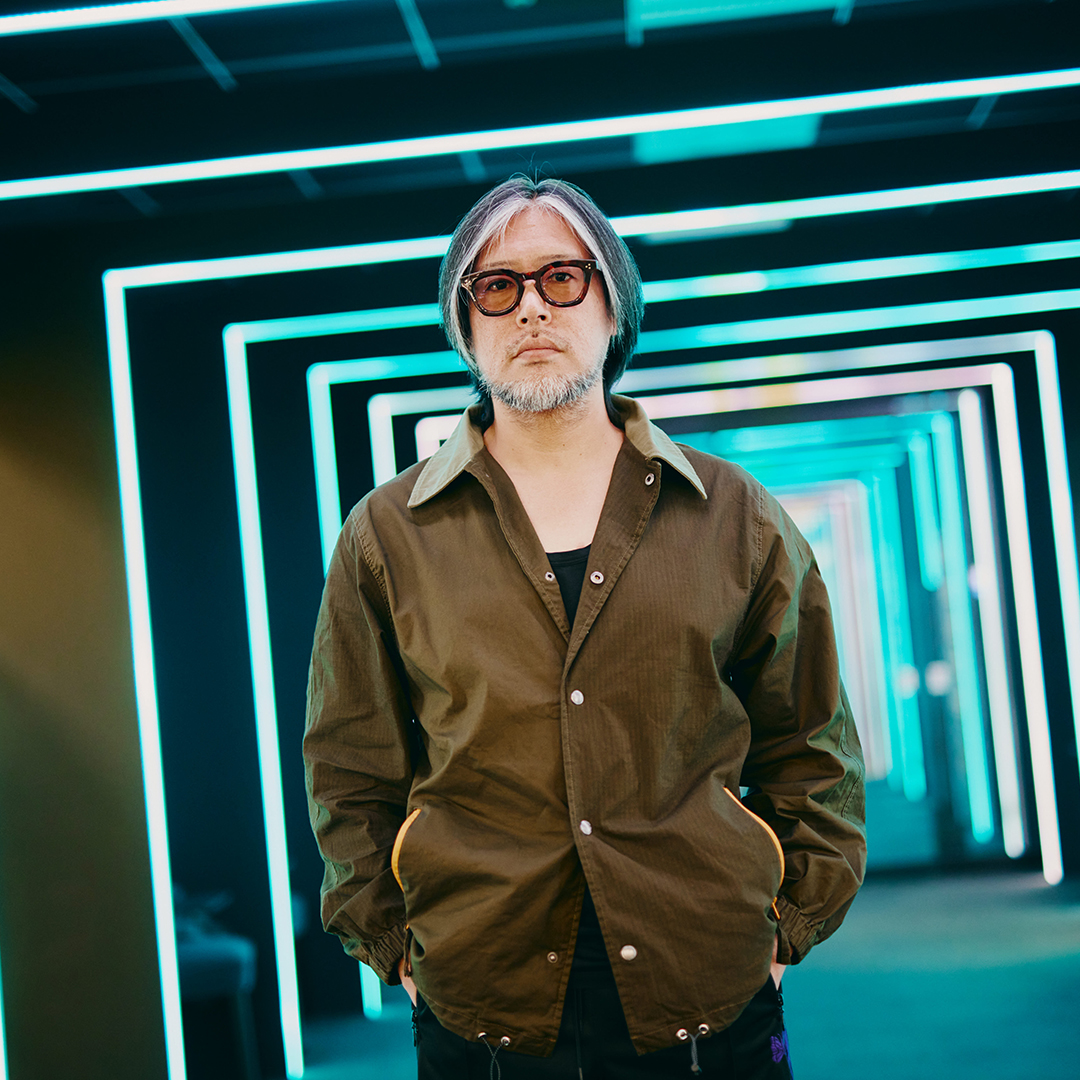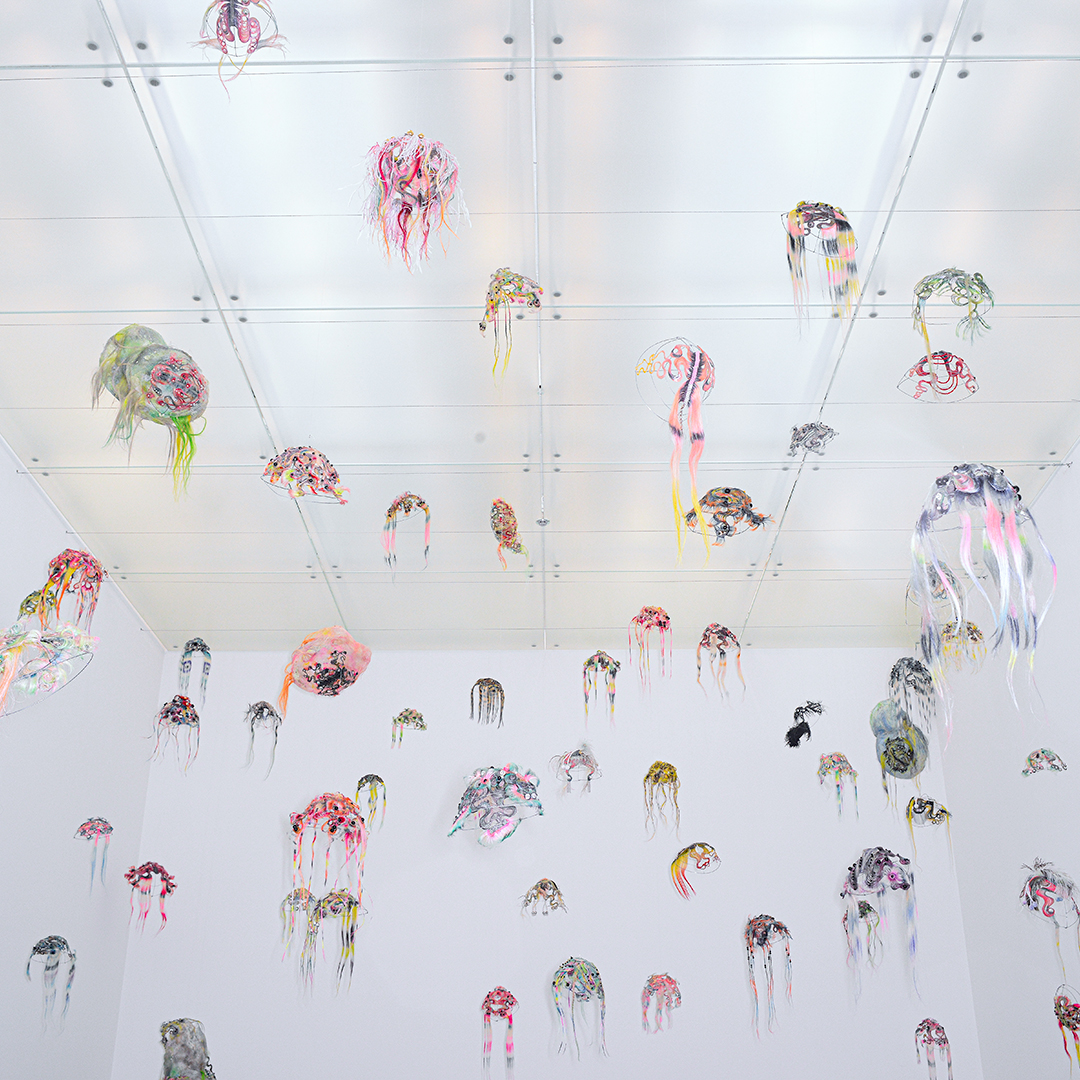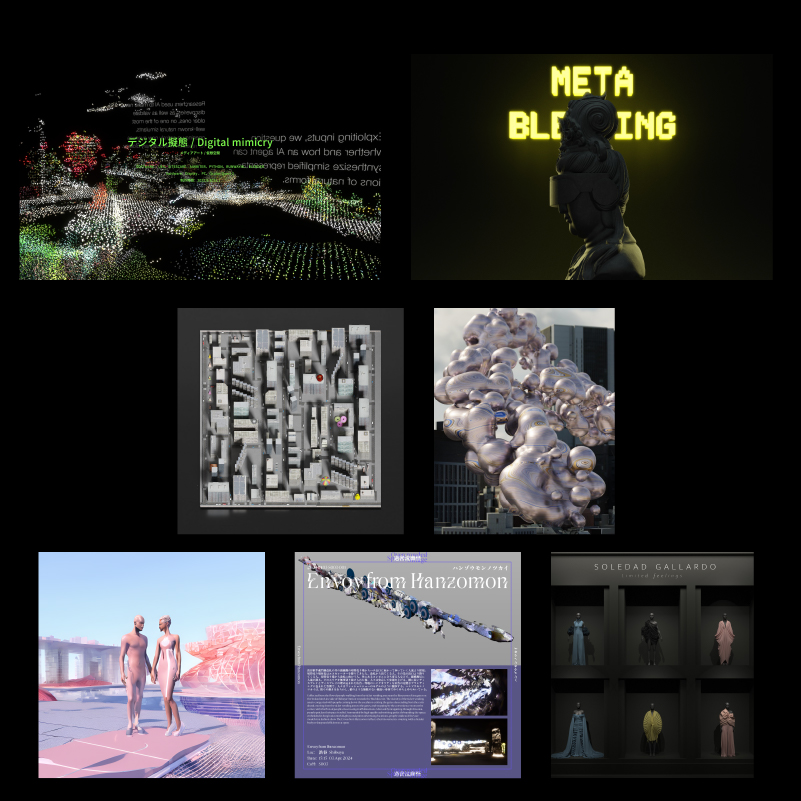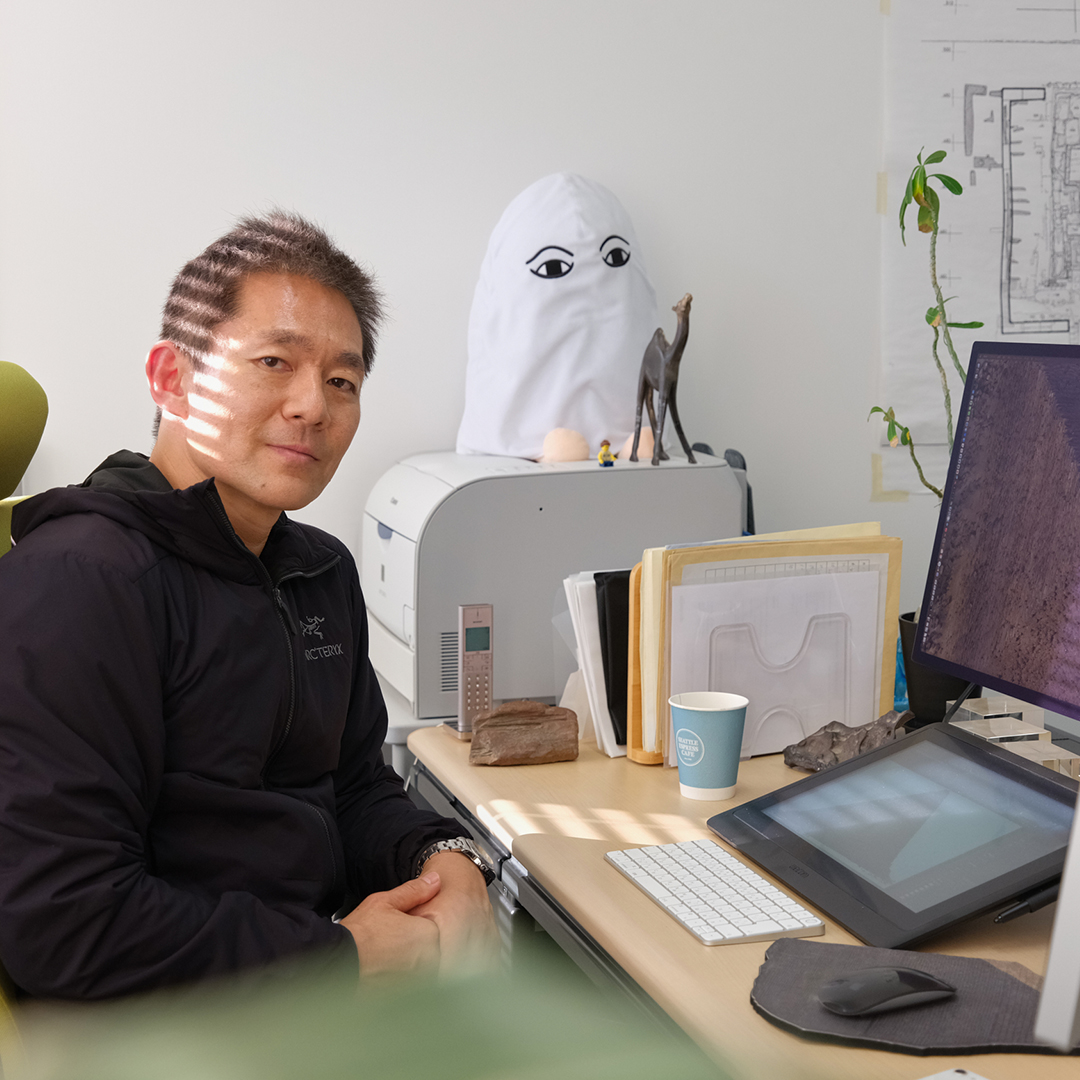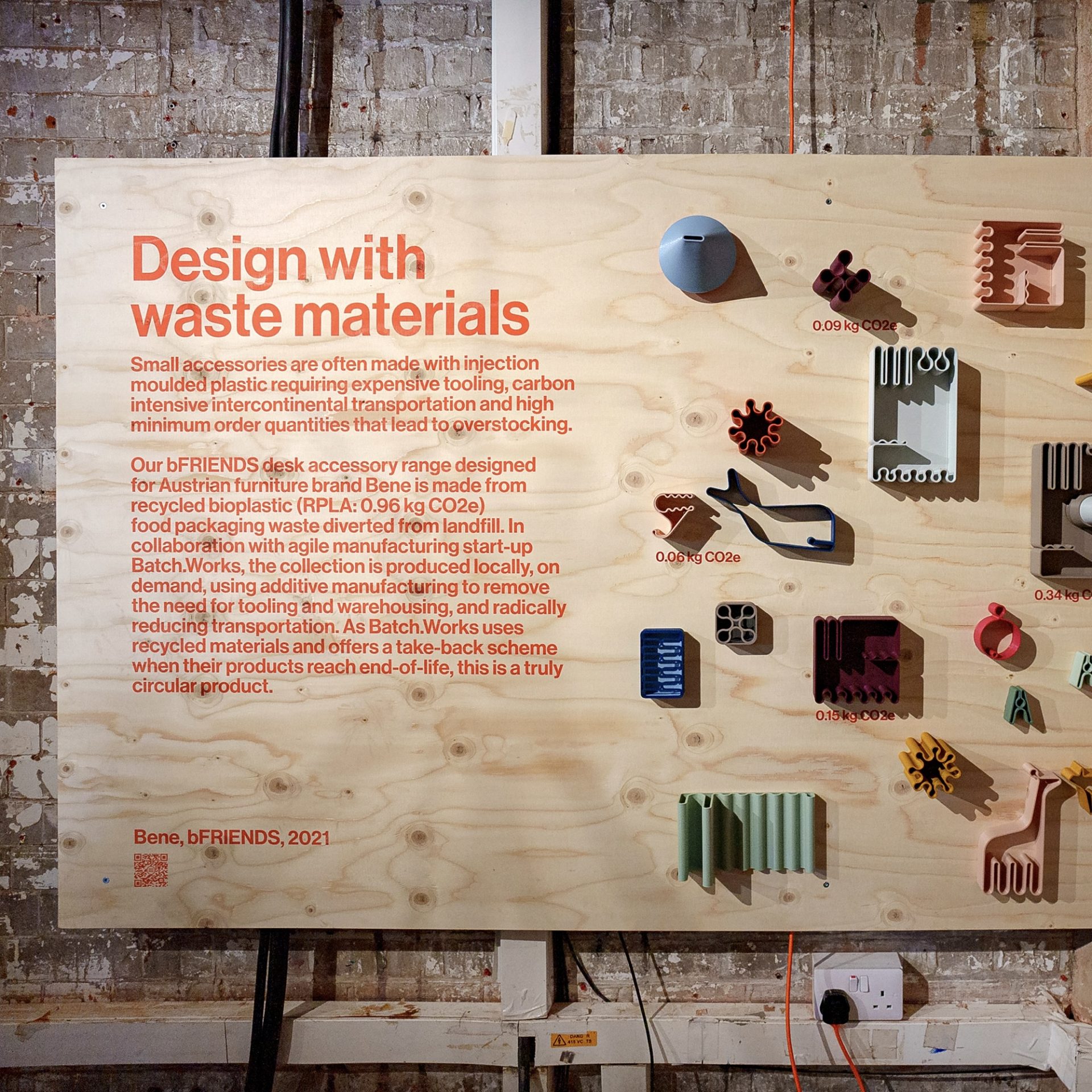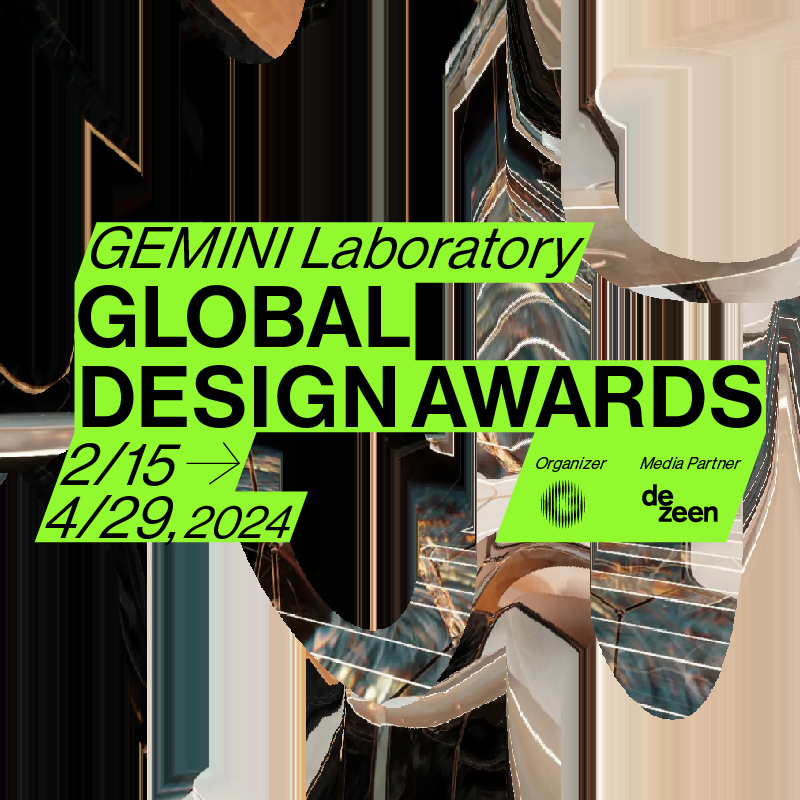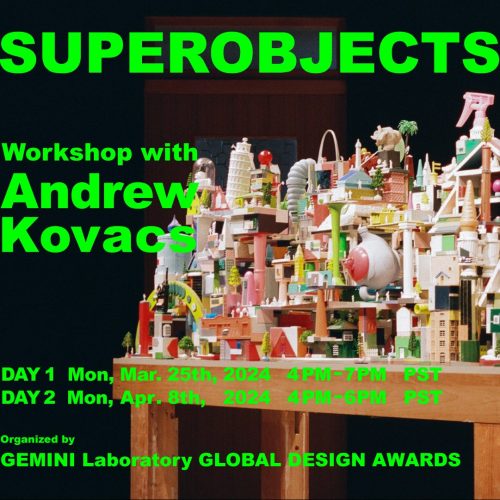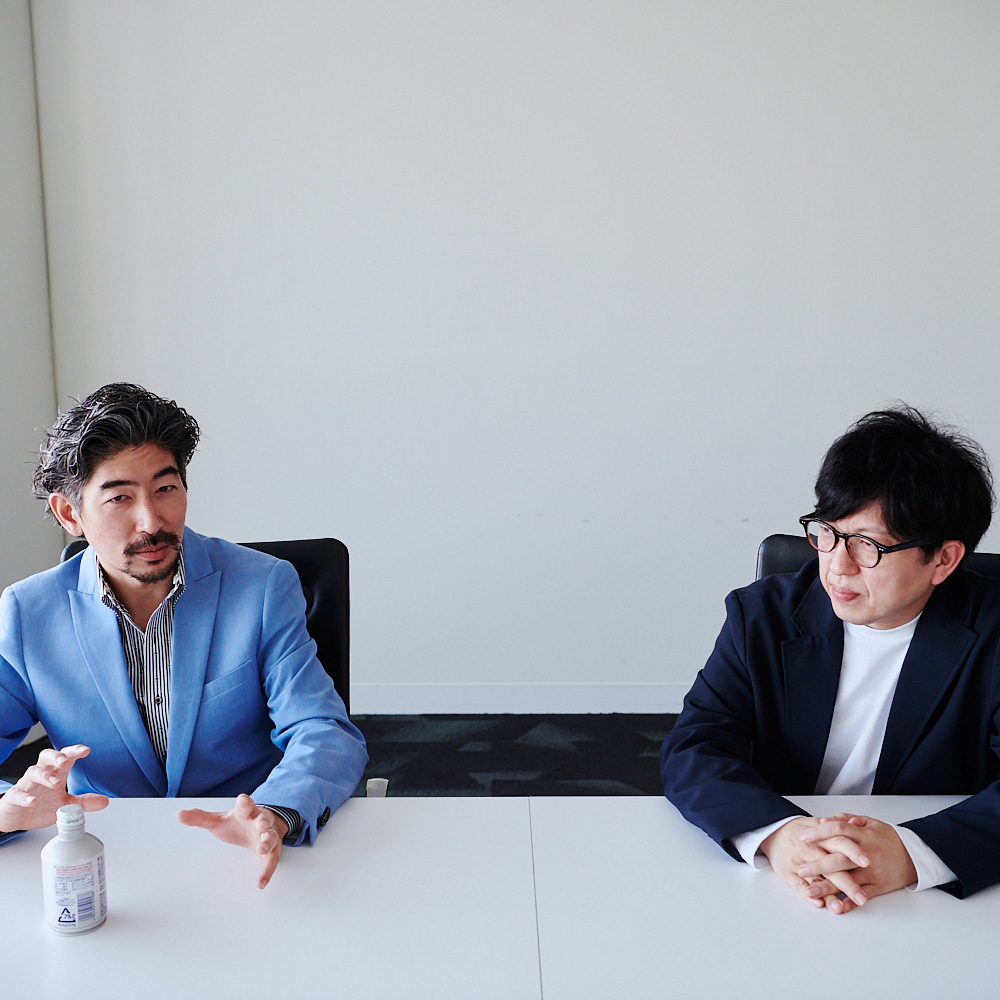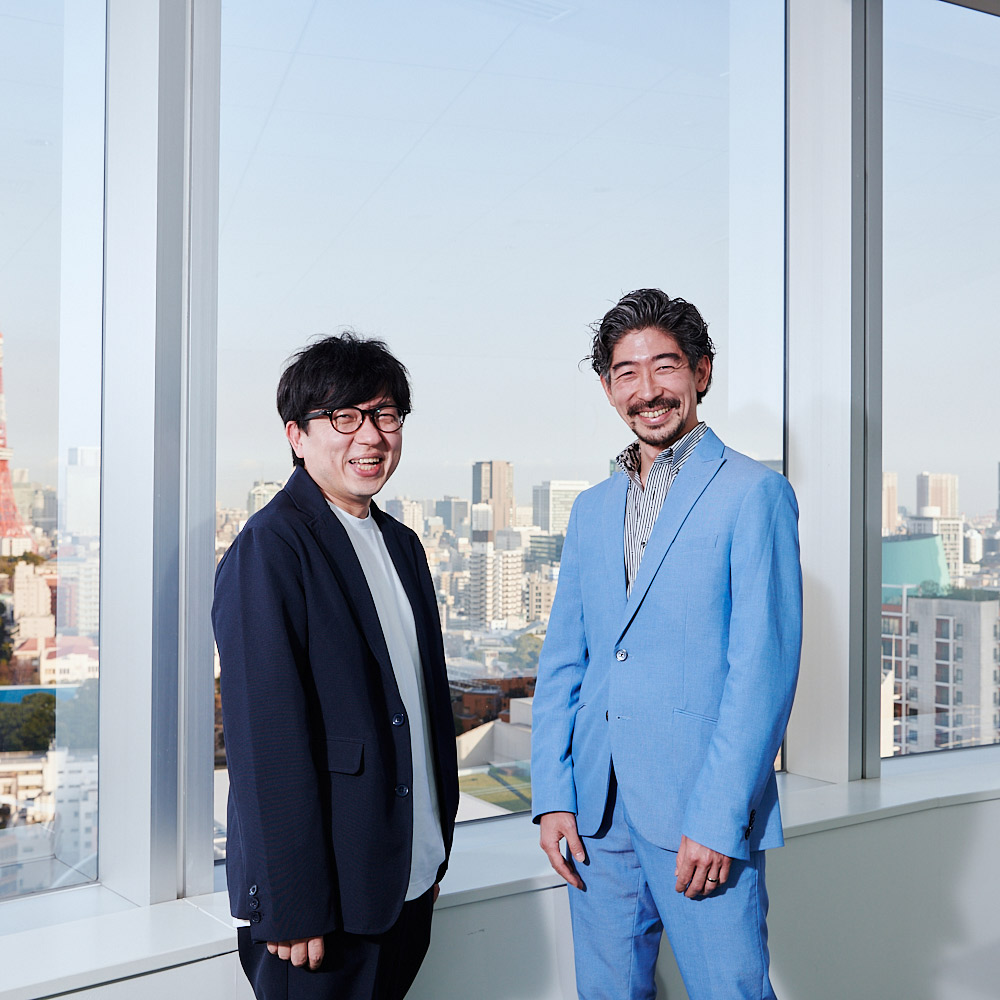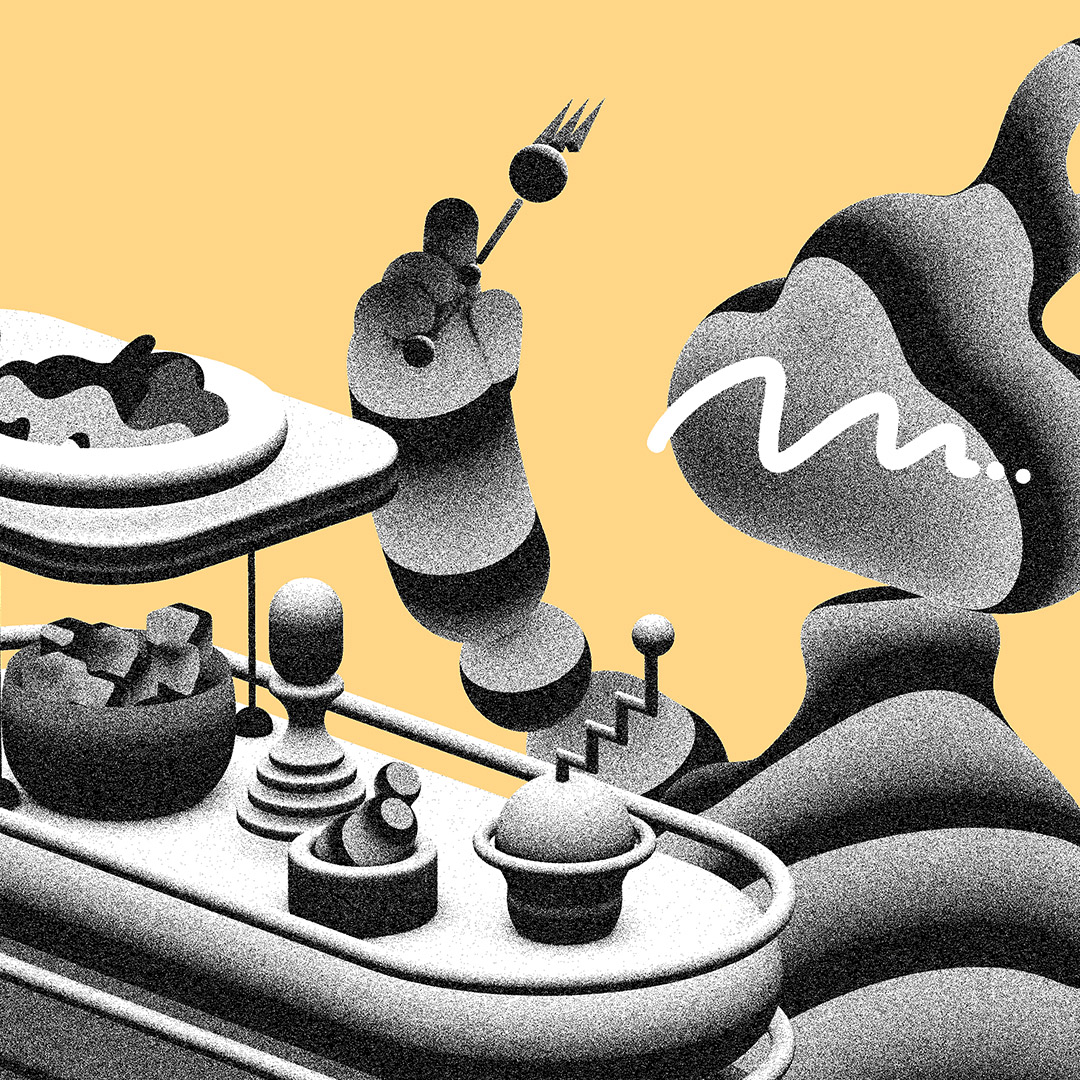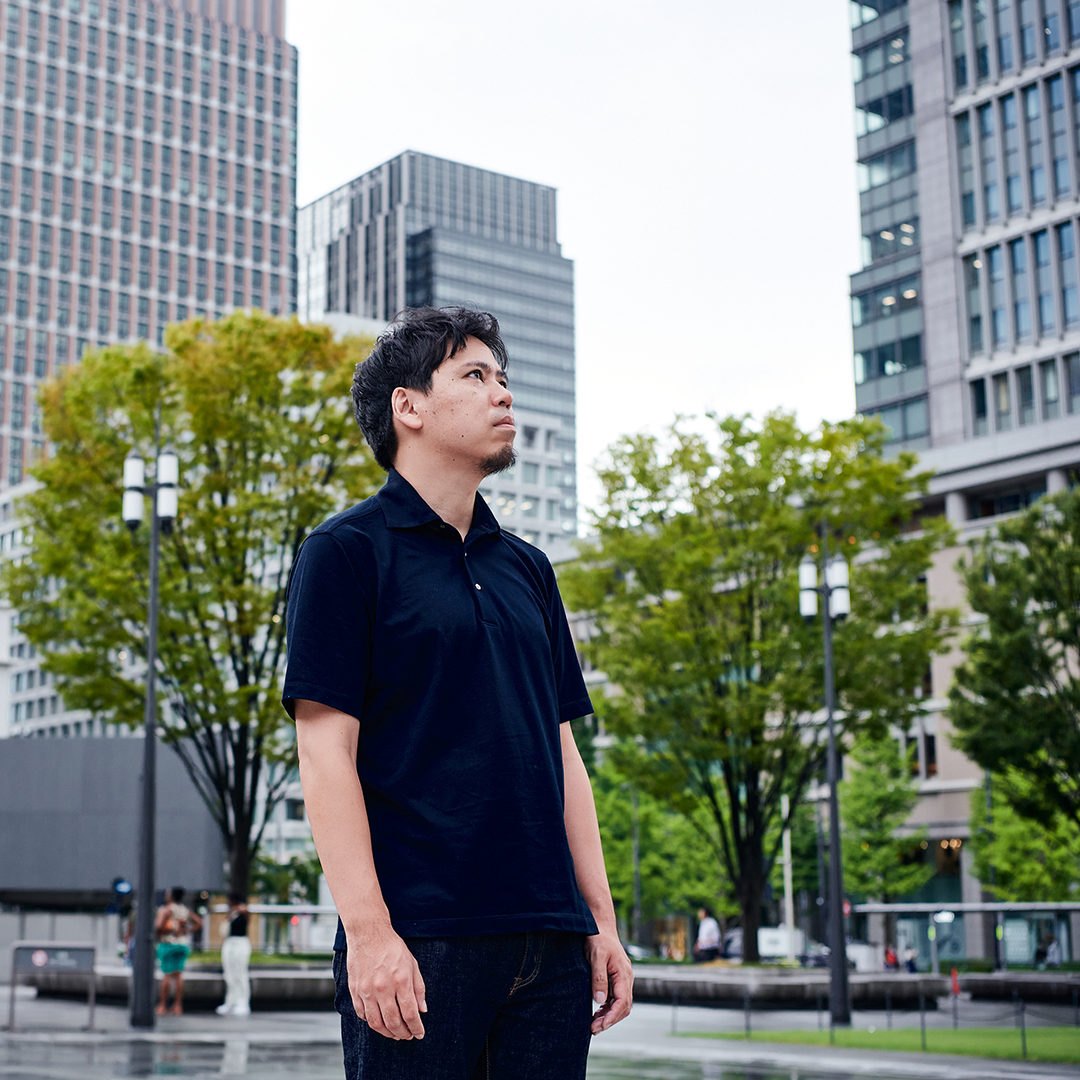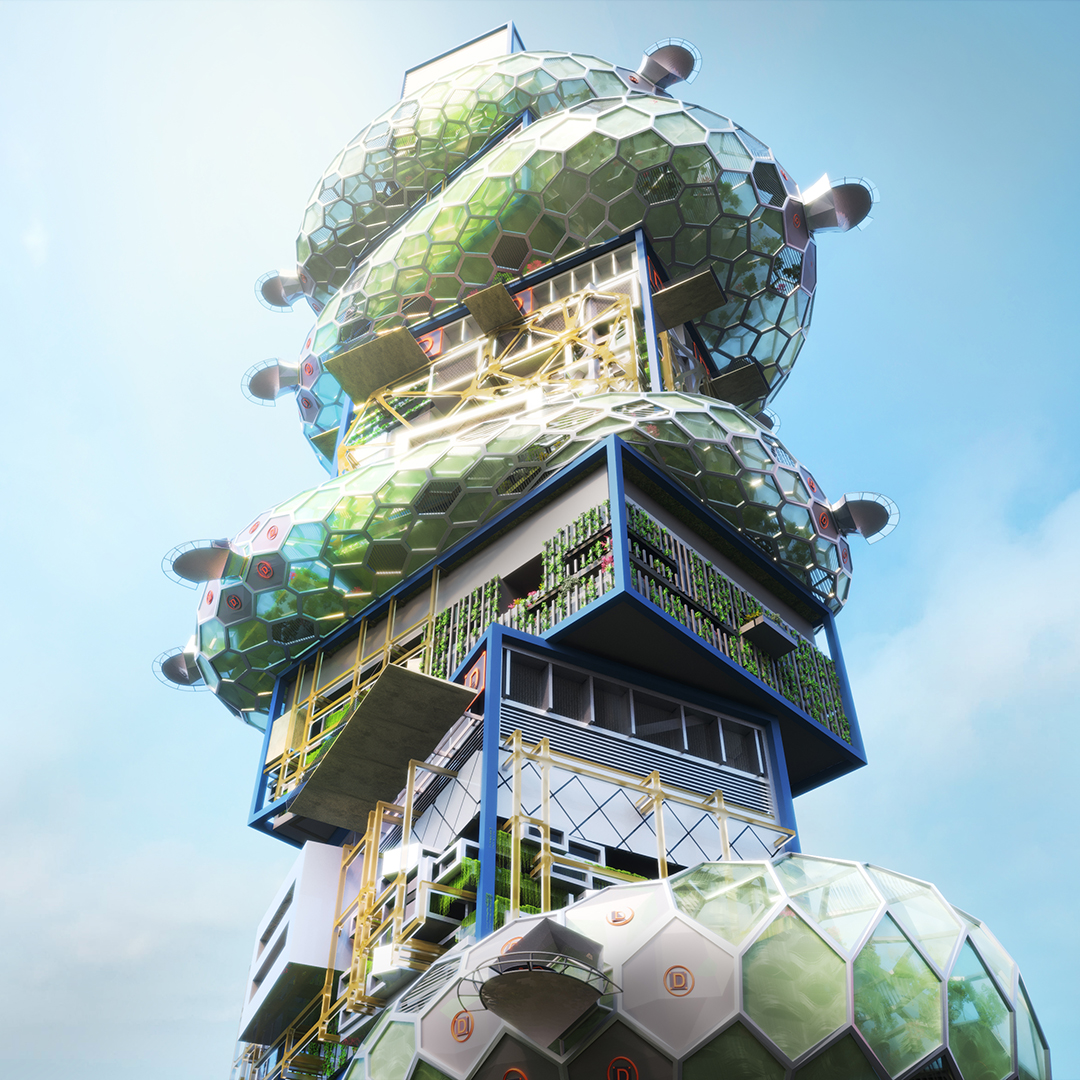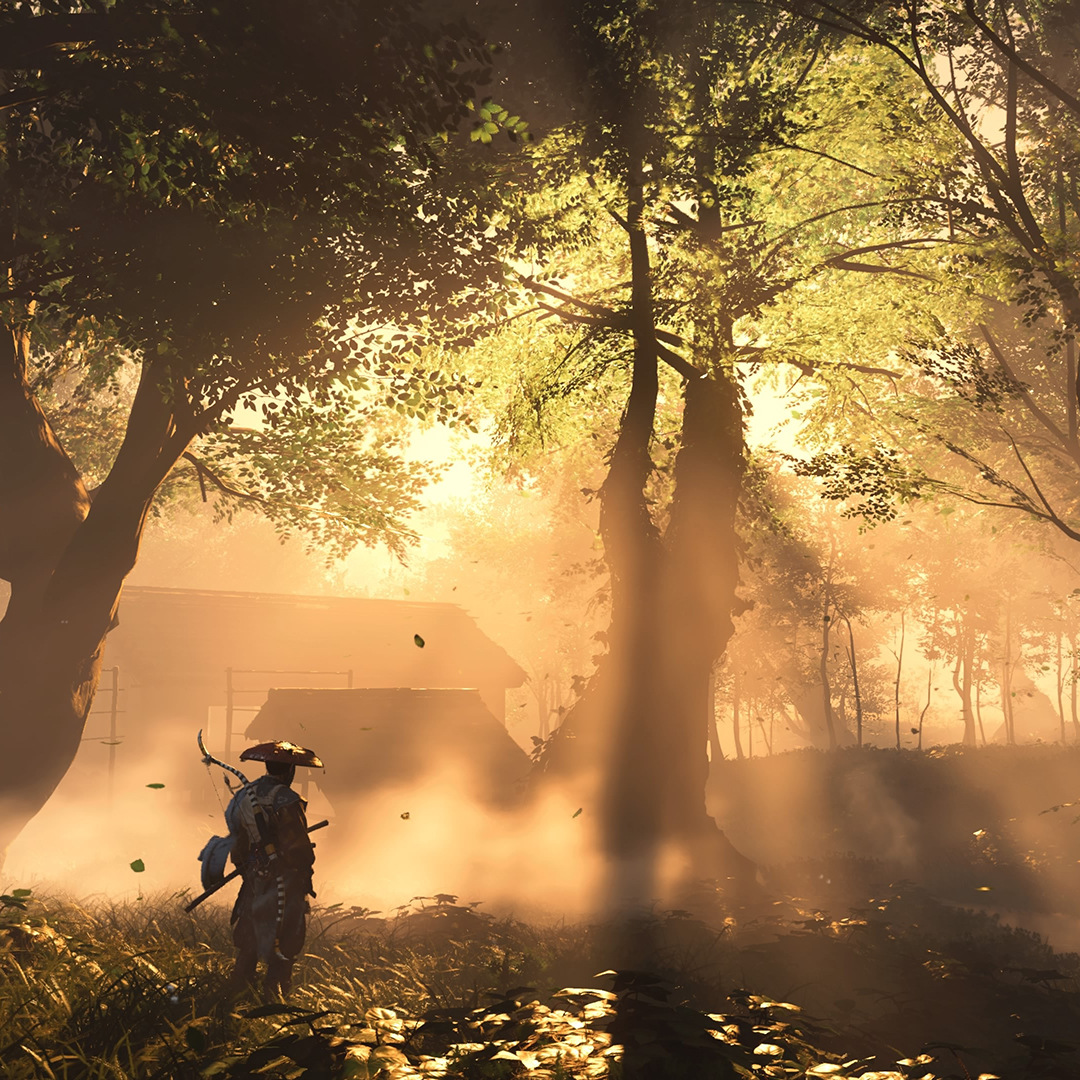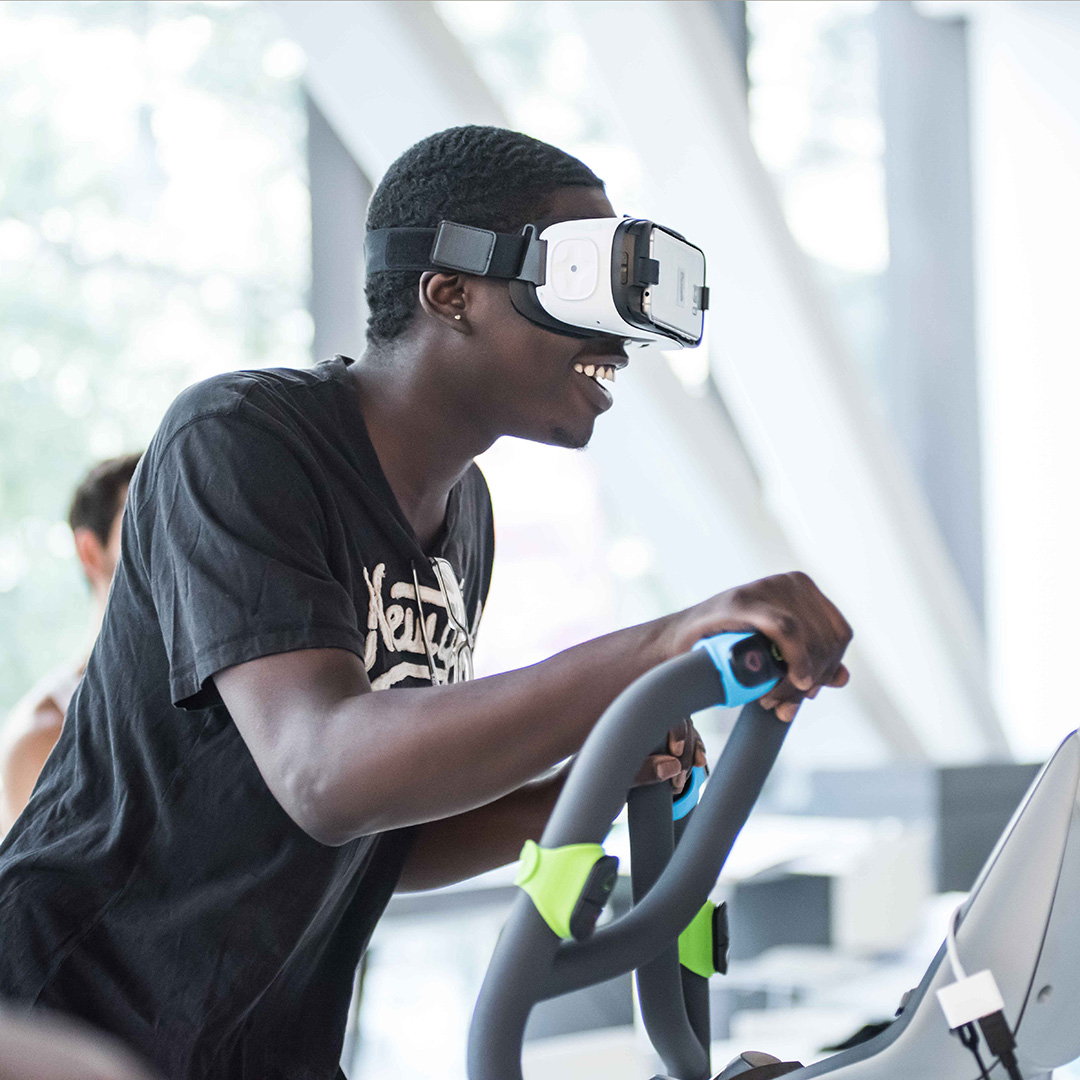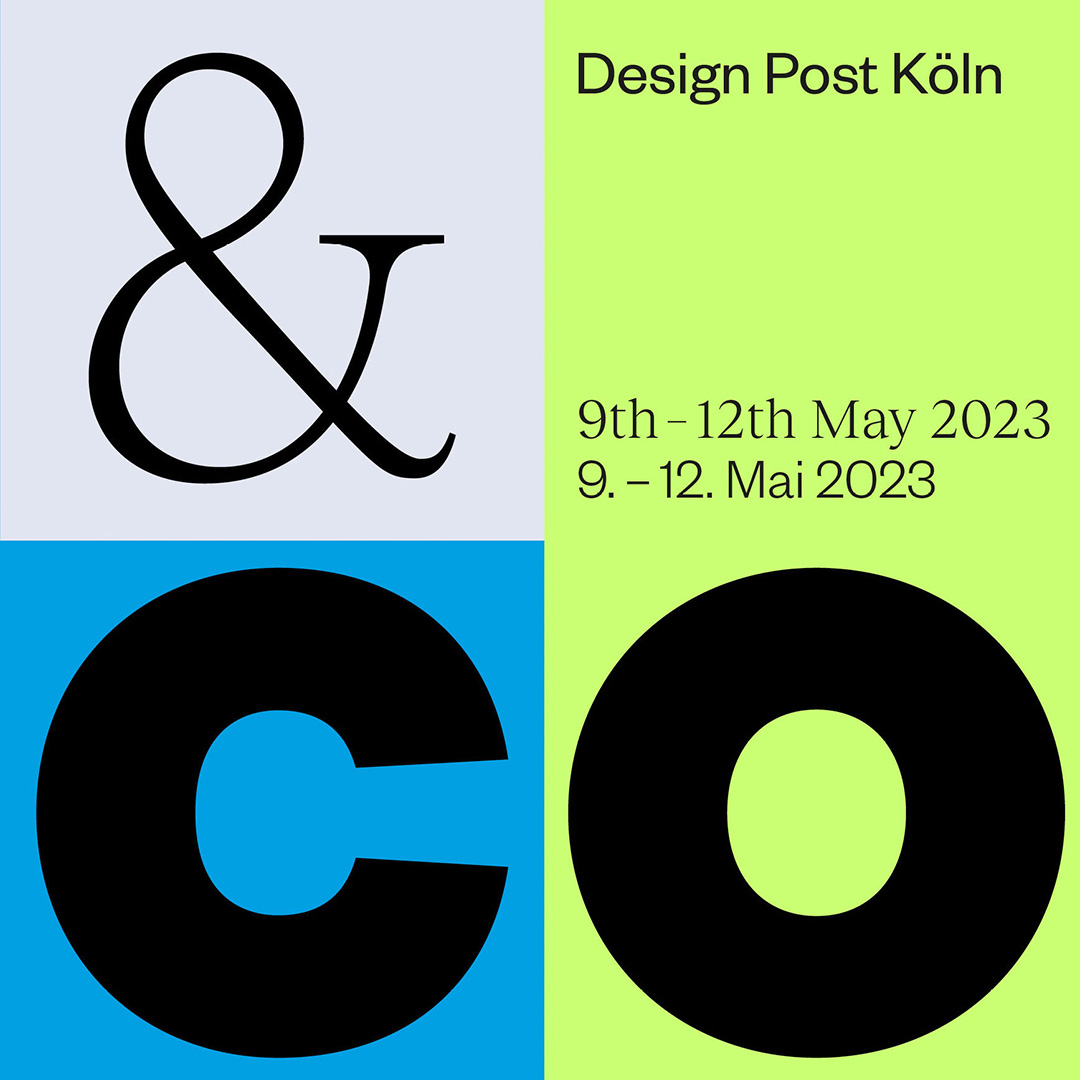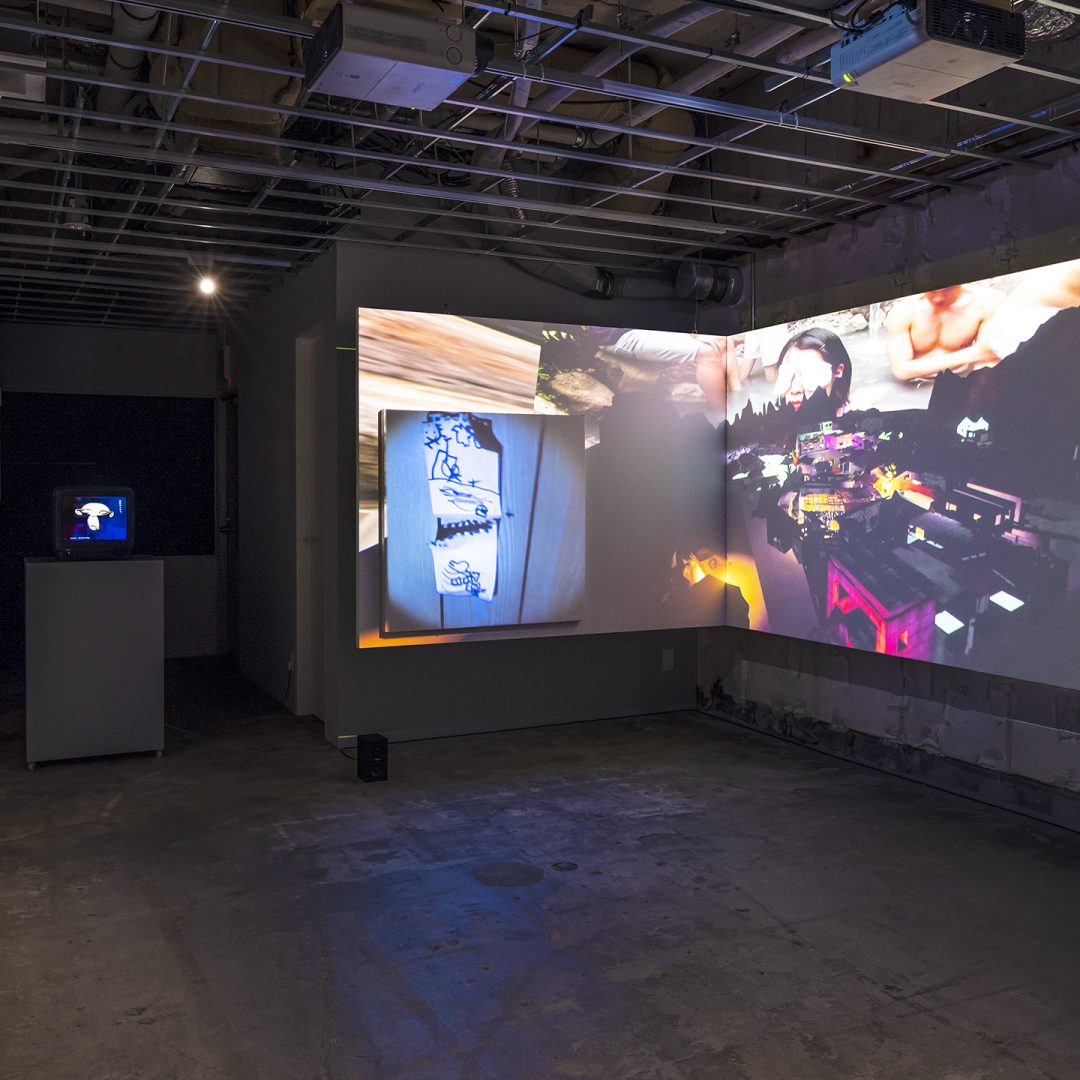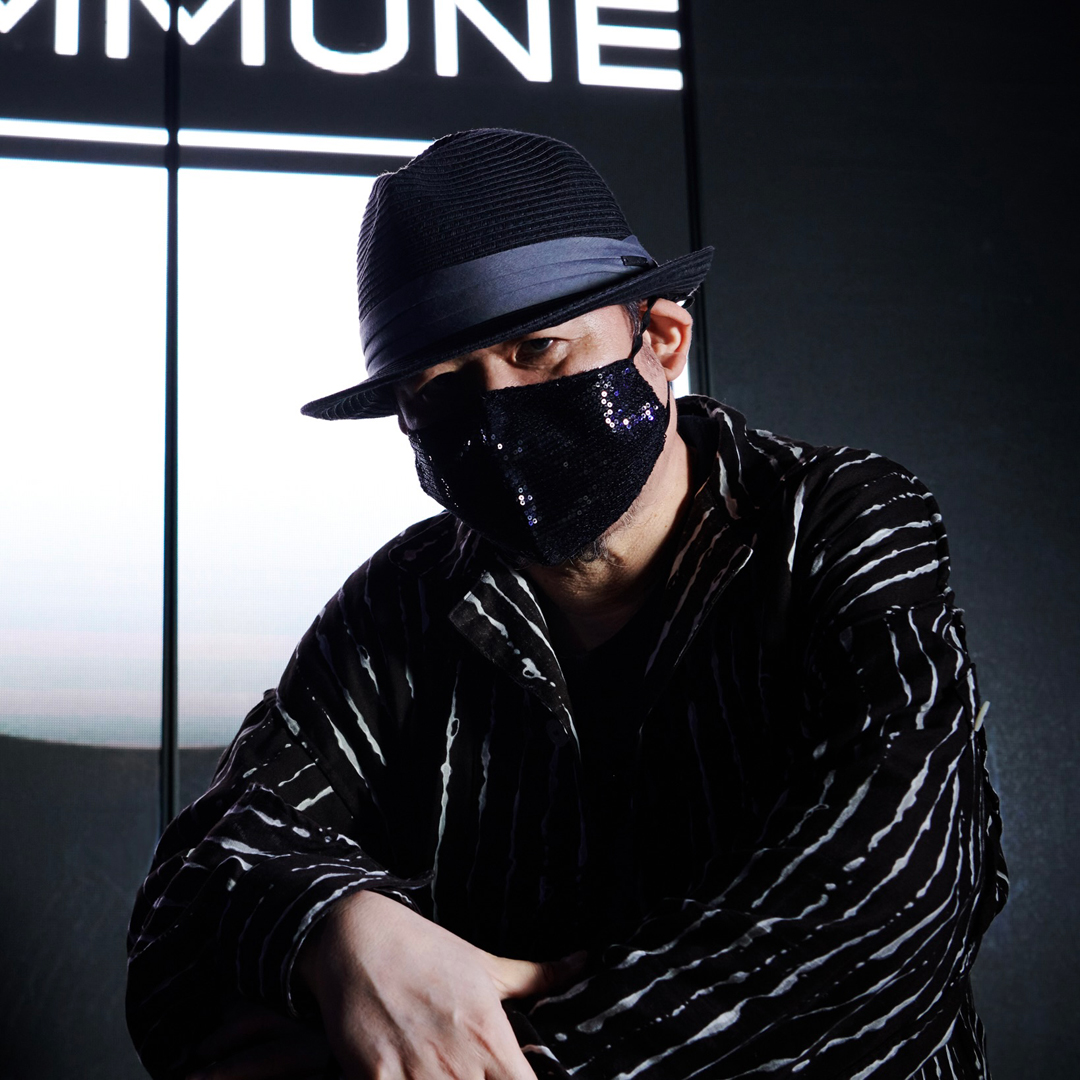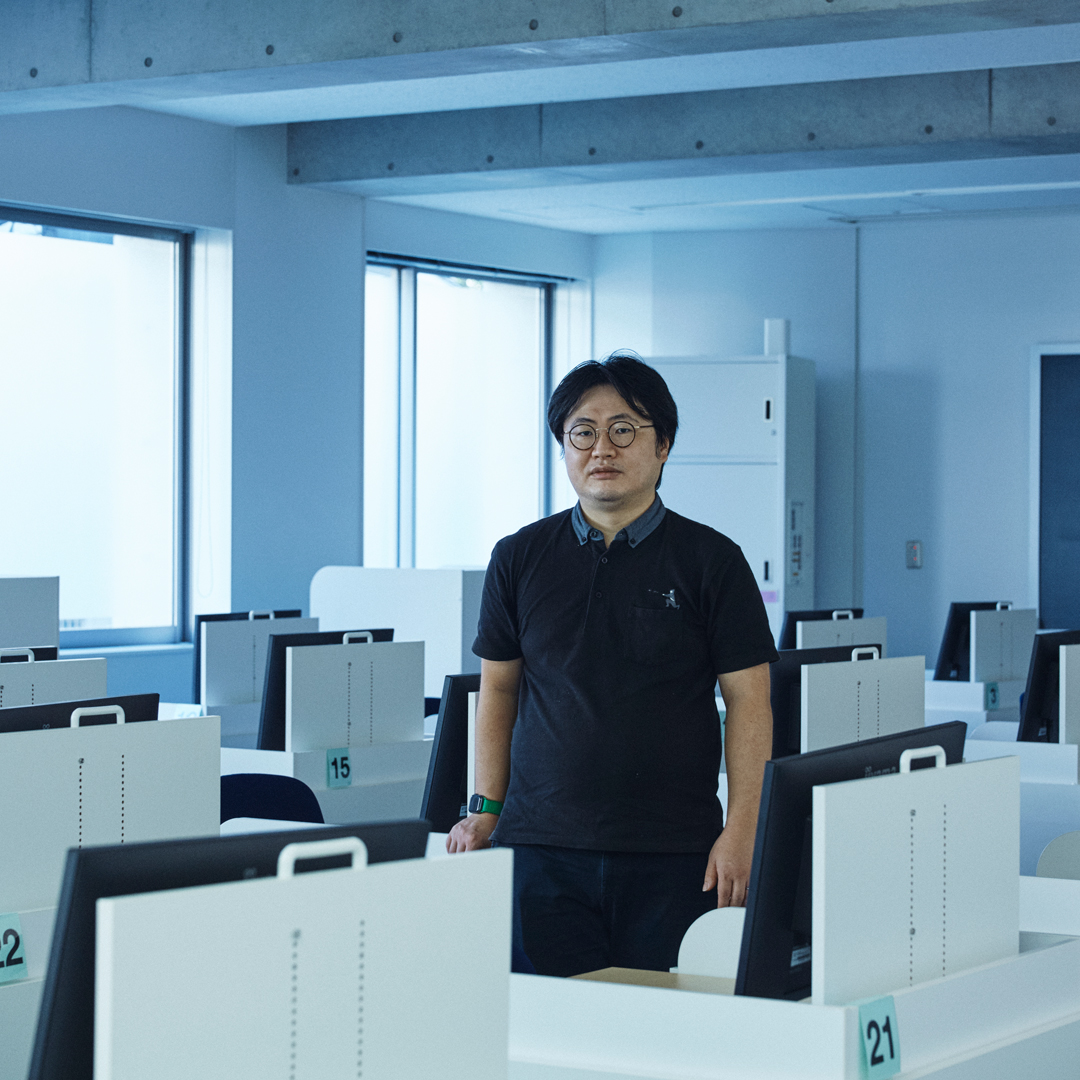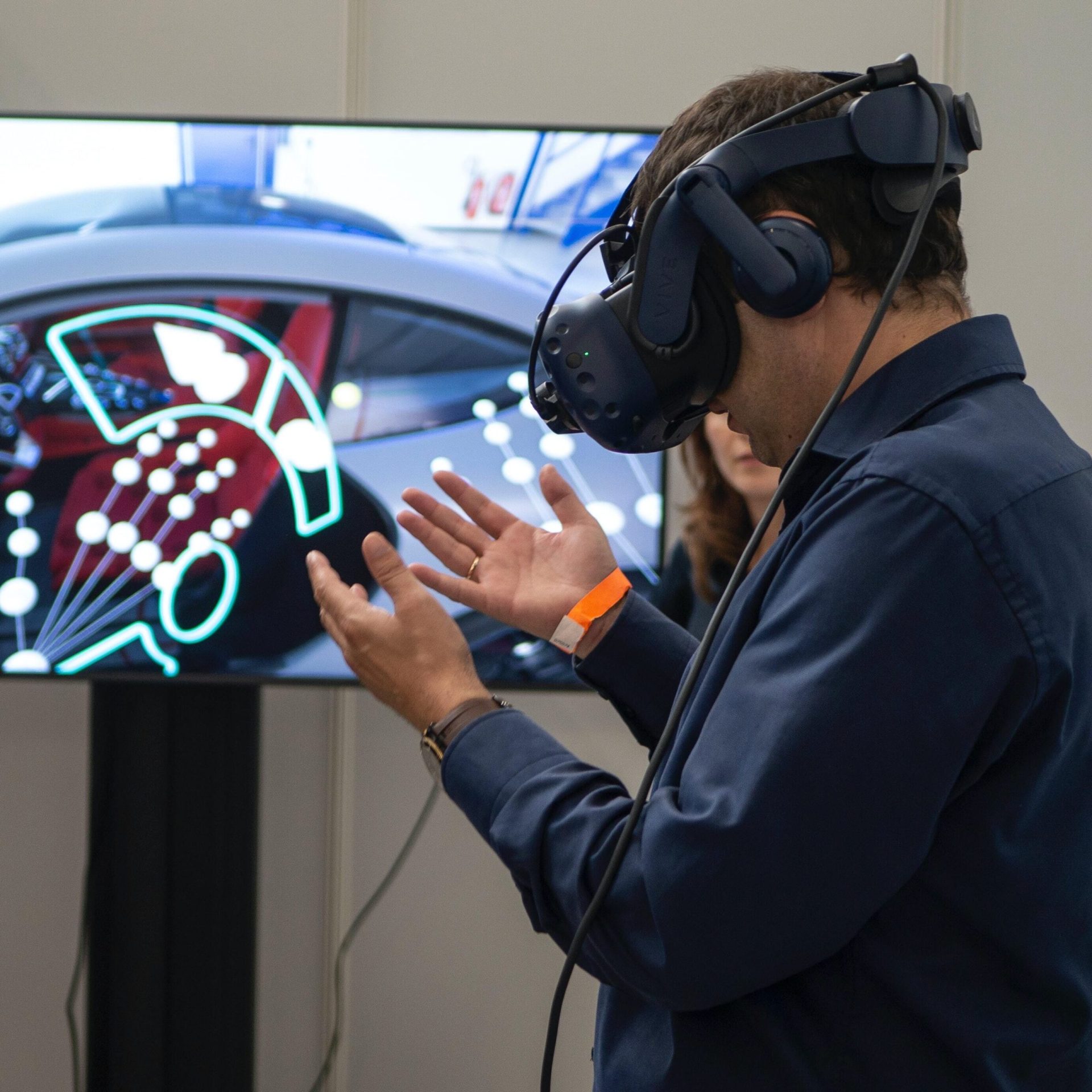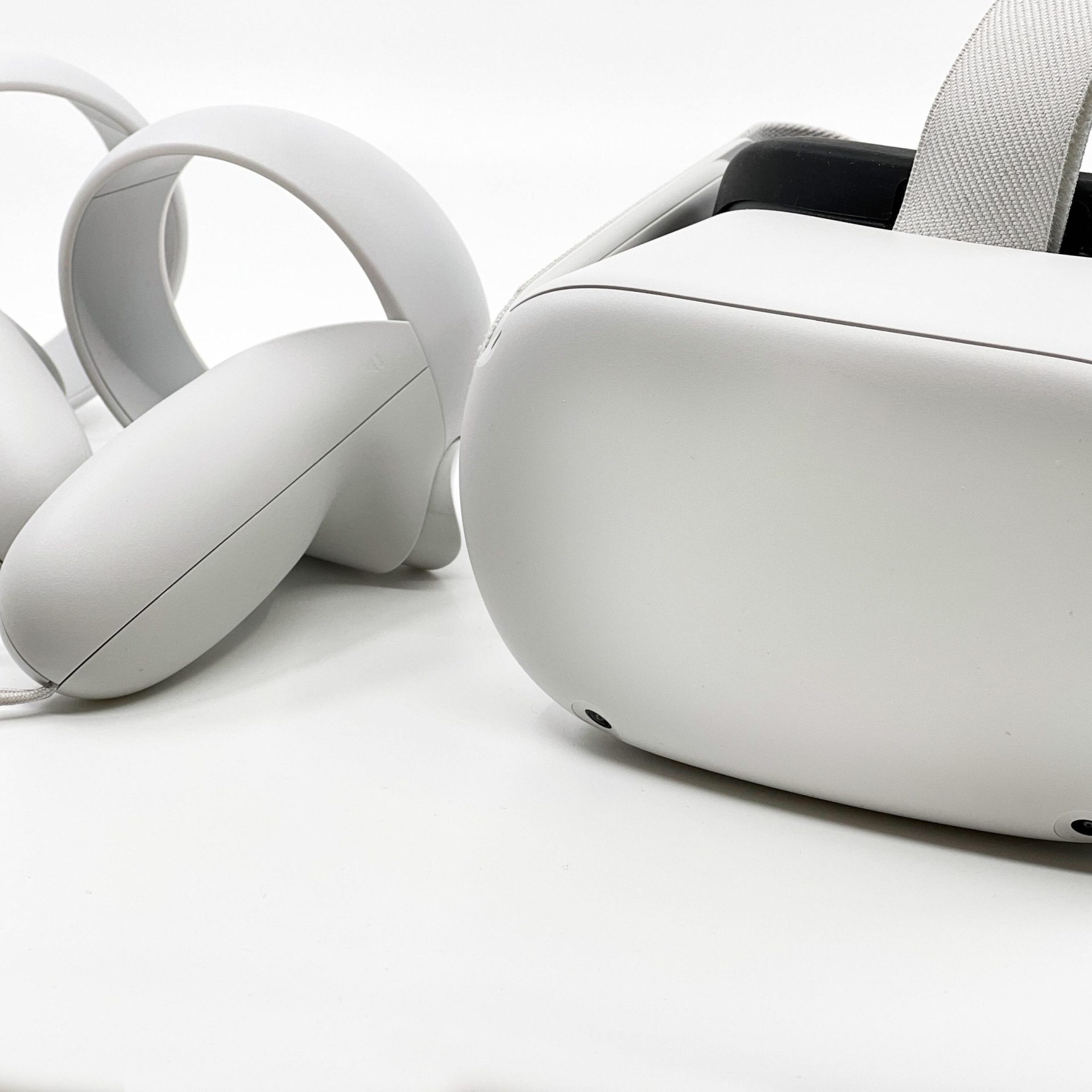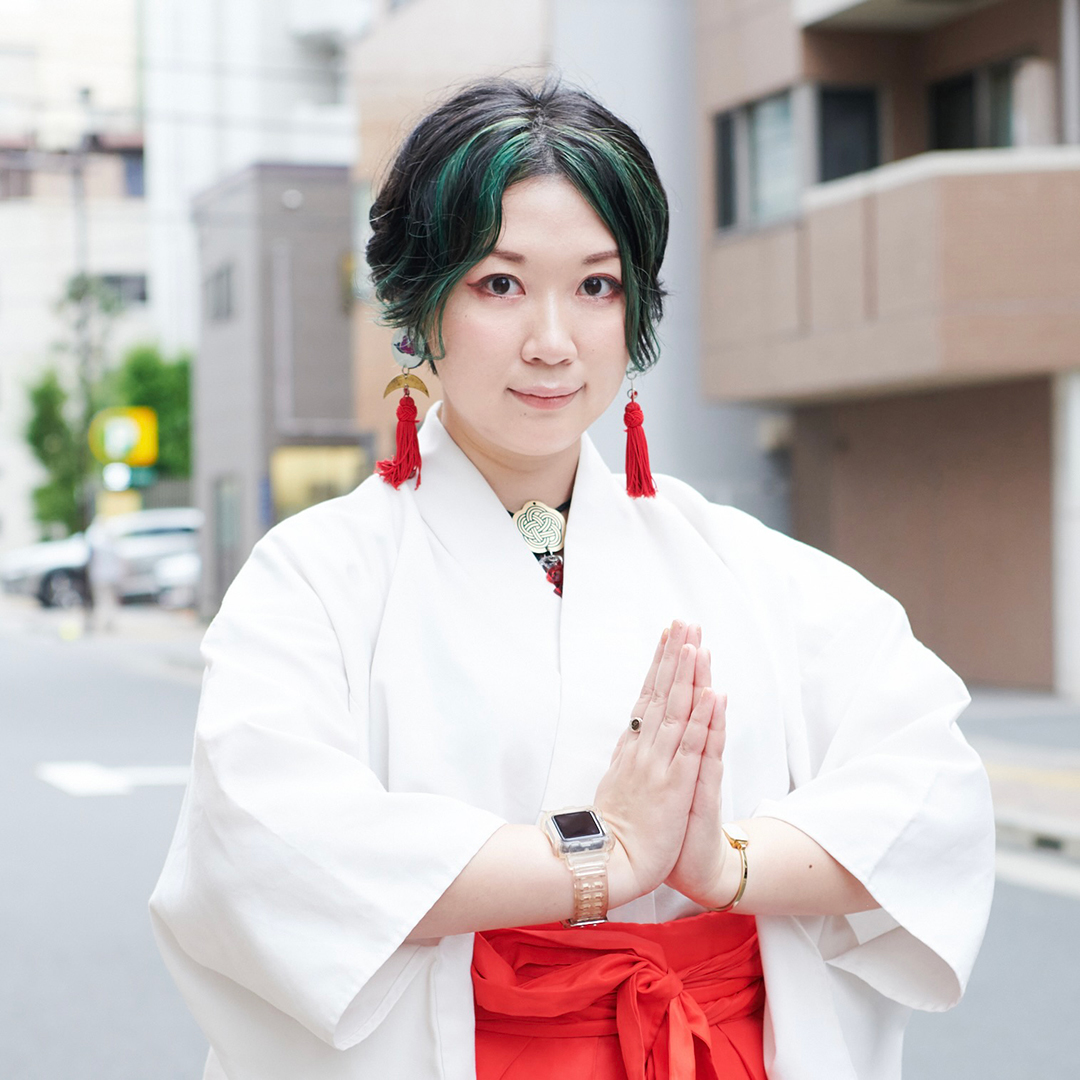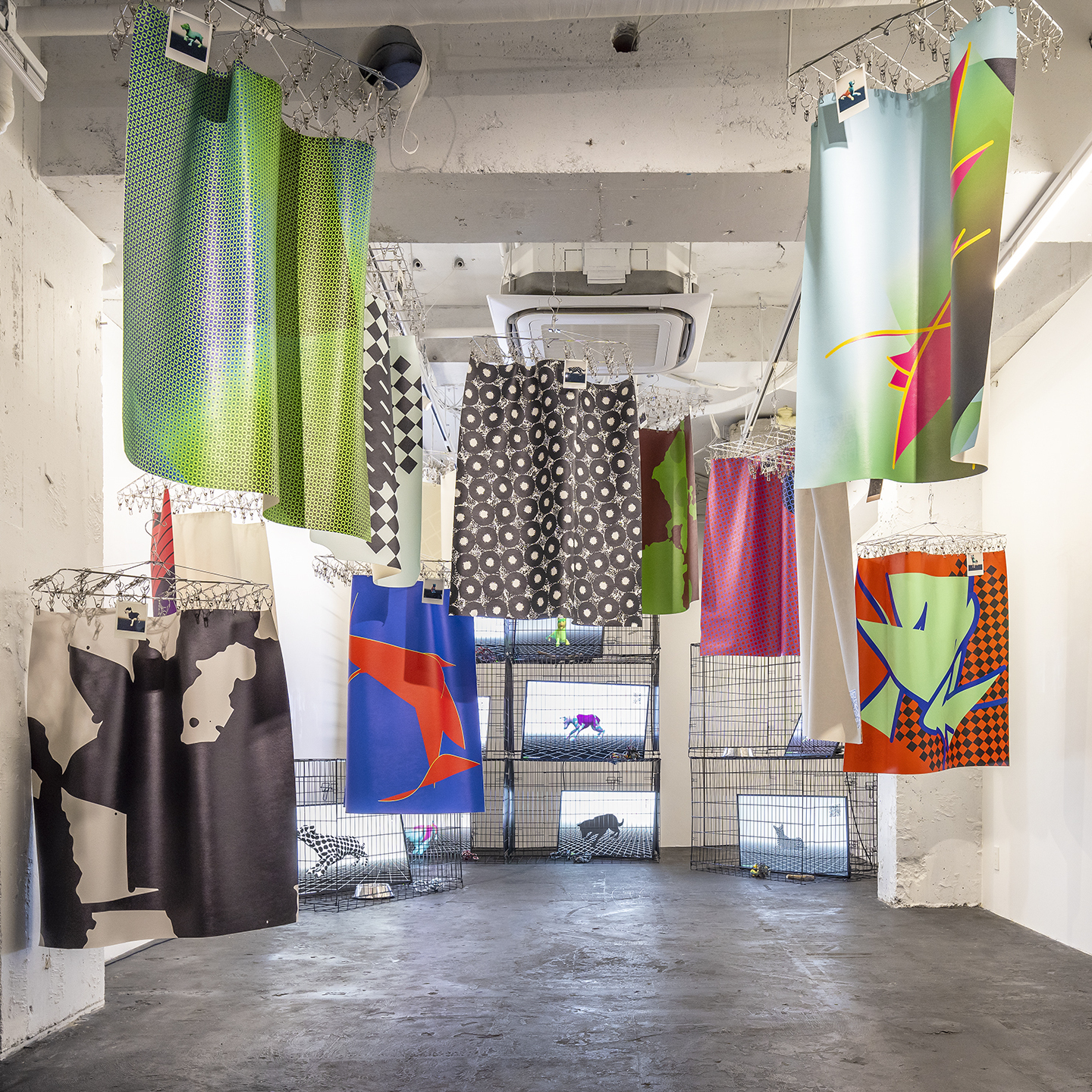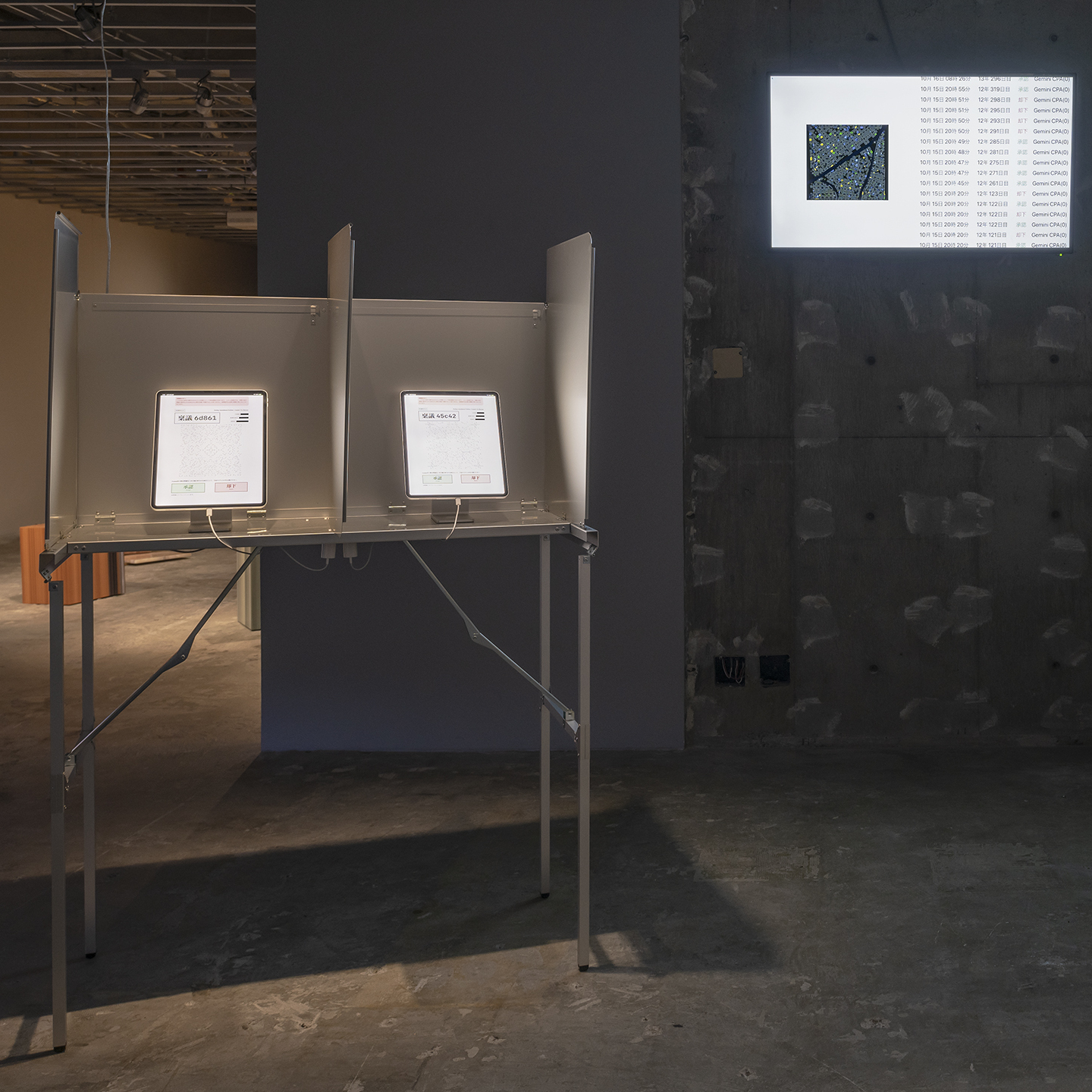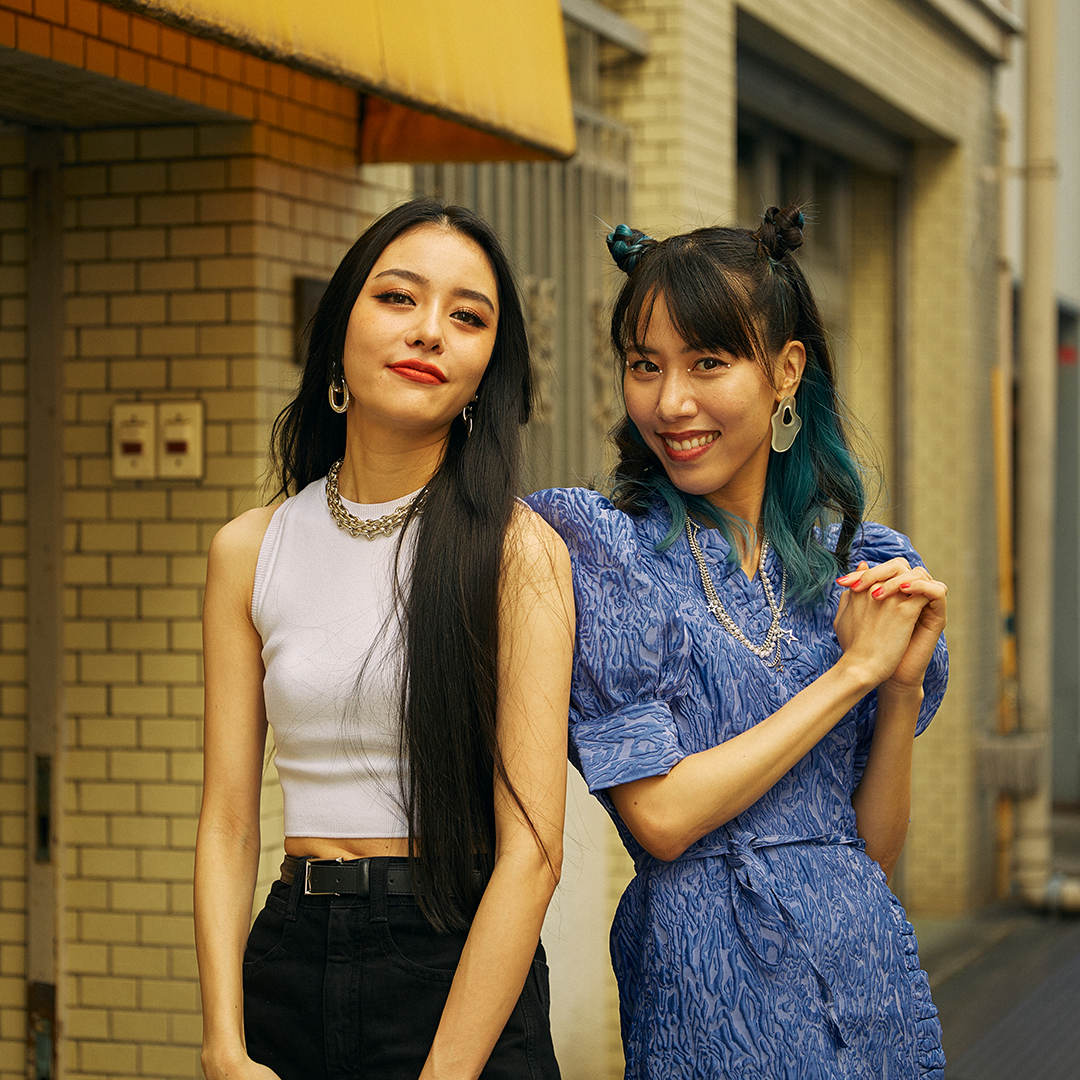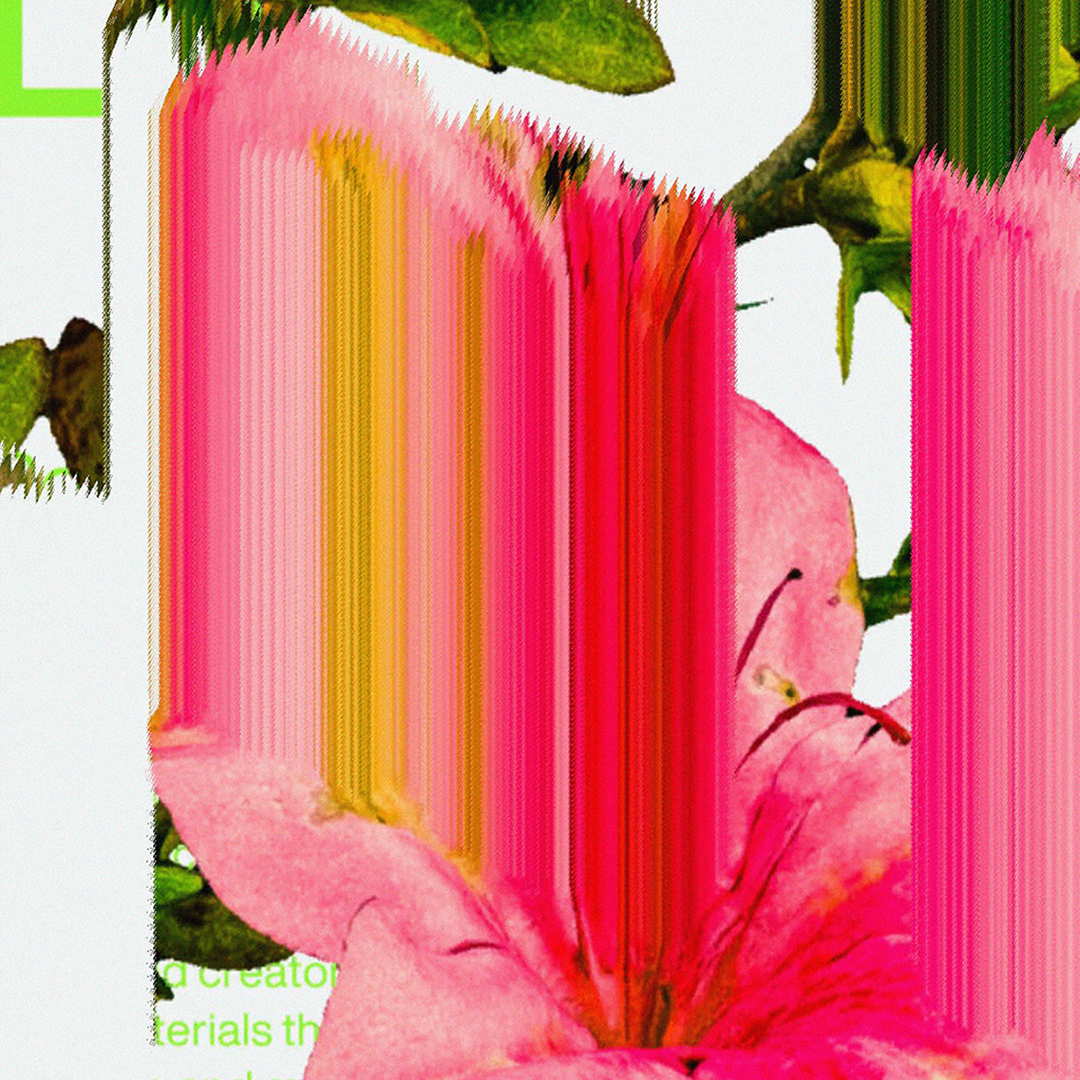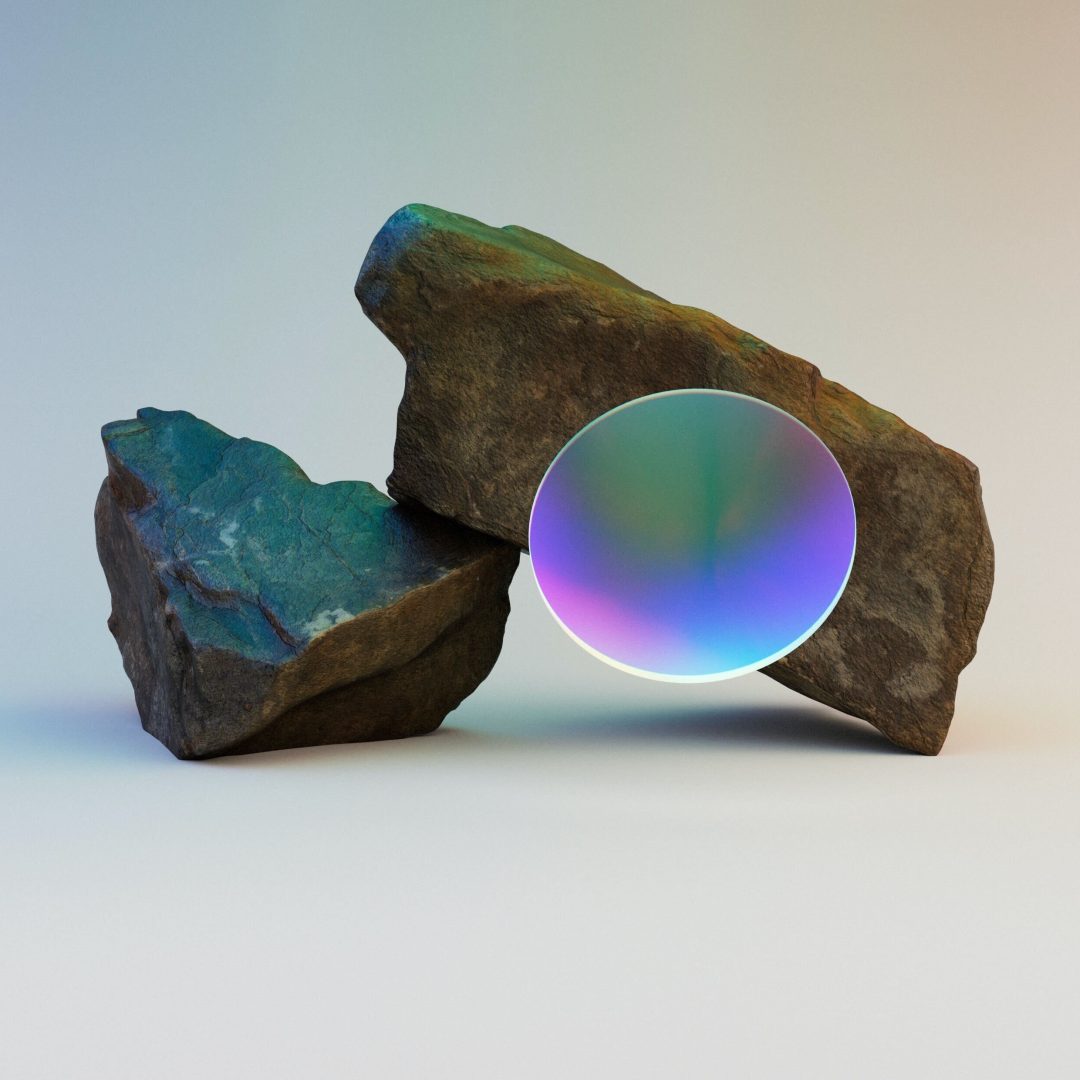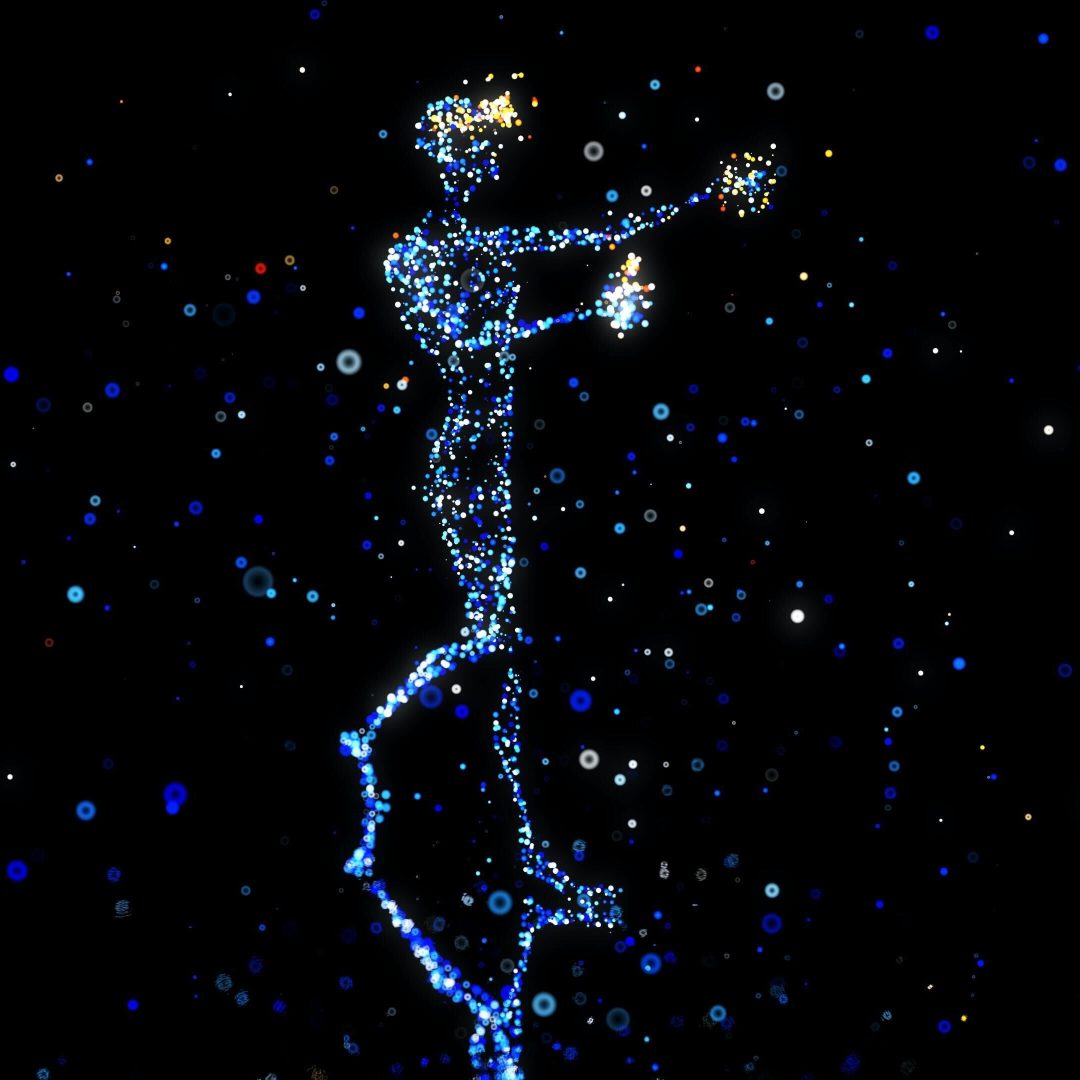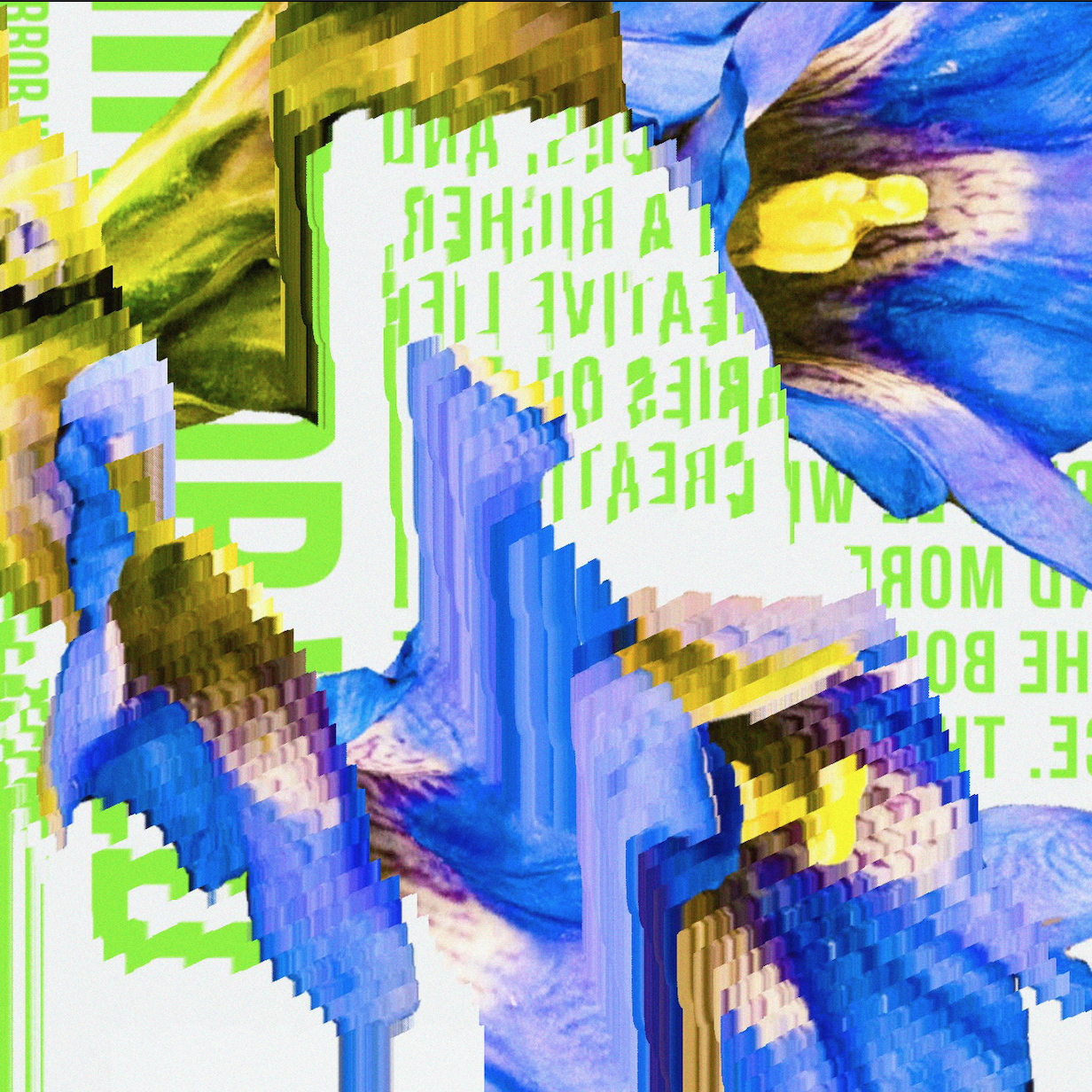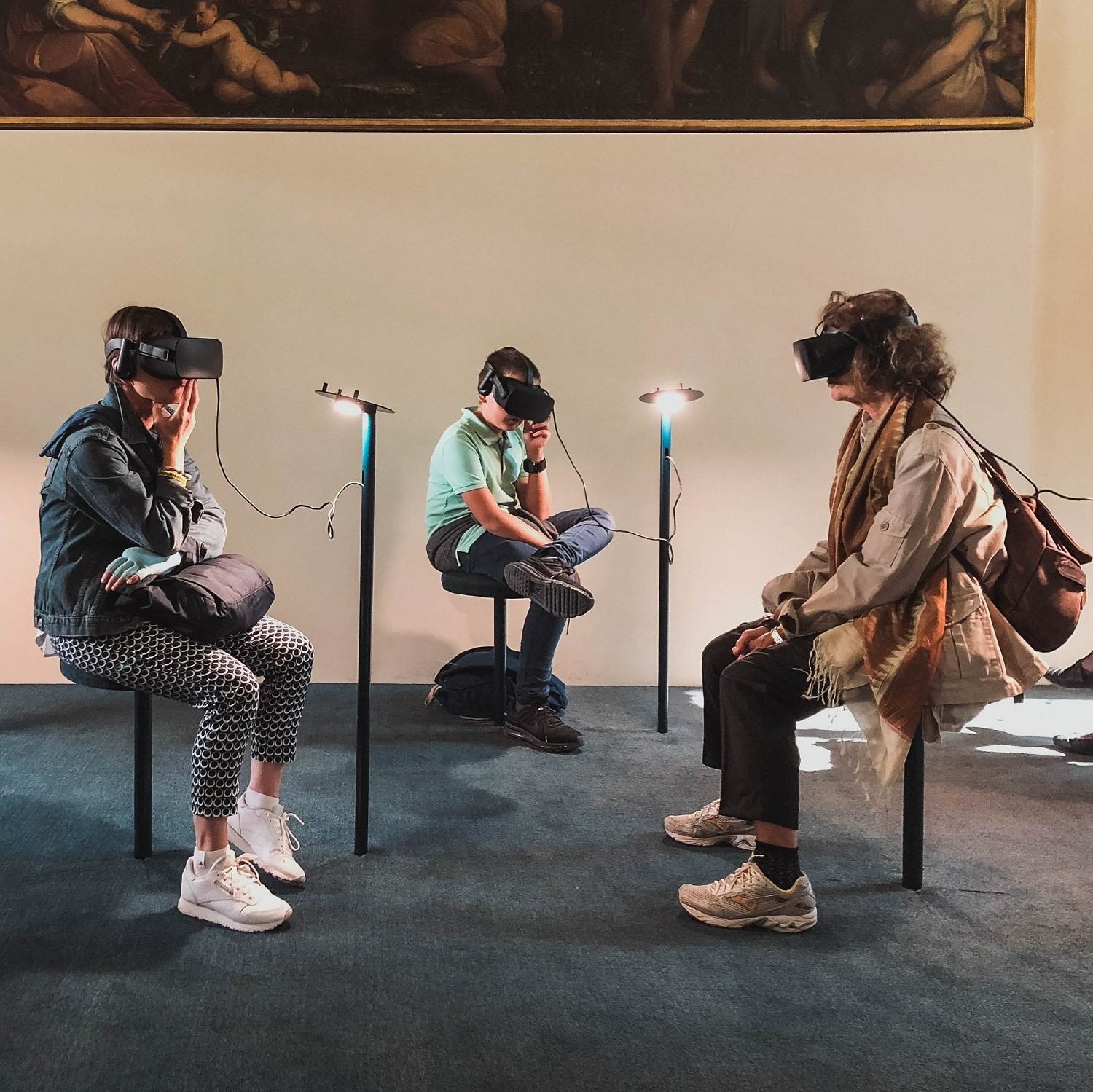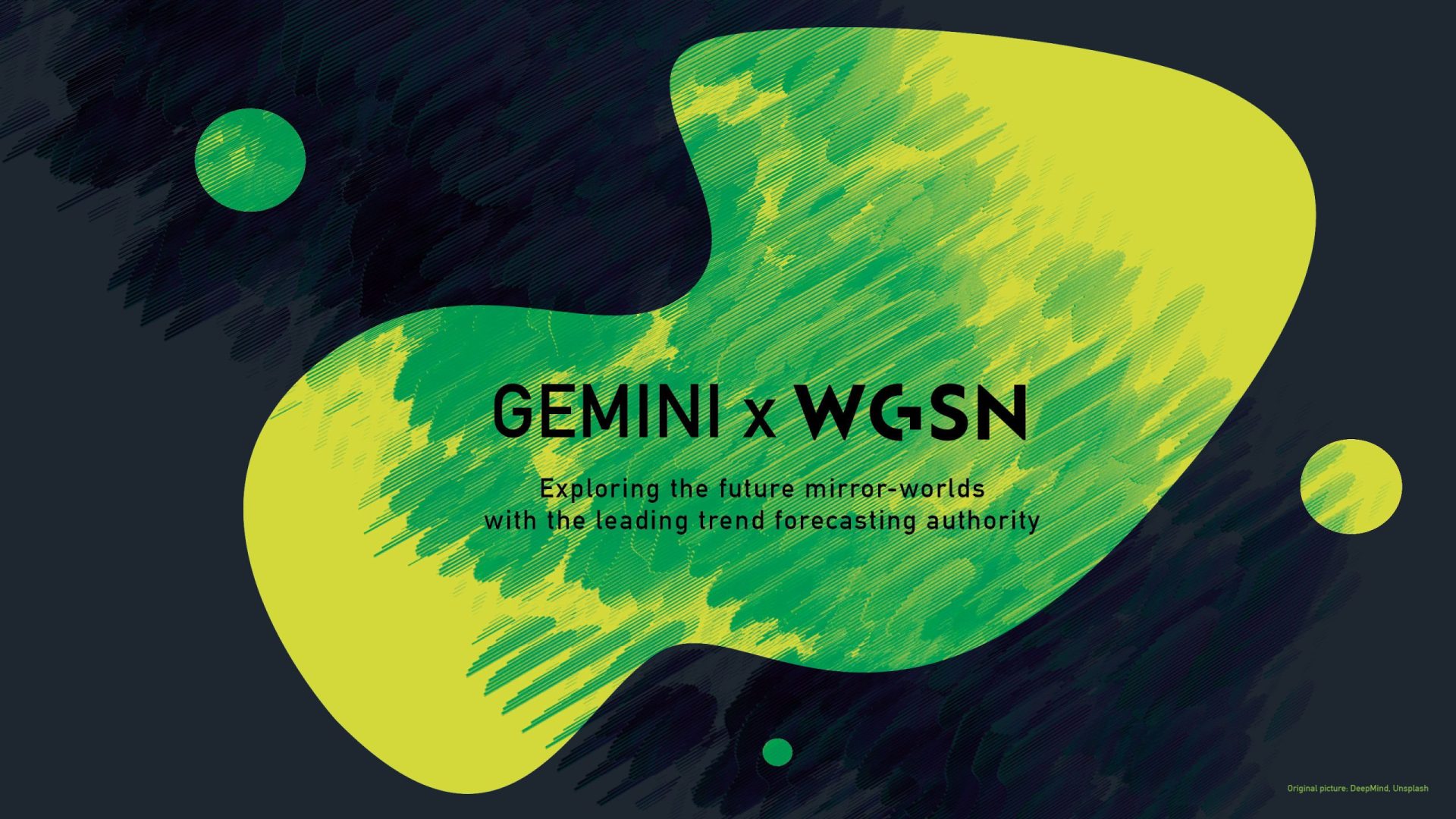The series “Guideposts for Predicting the Future” is a column project in which experts from various fields introduce five works and projects for imagining the near future, and search for clues for the future.
This time, the writer was Mr. Yoichiro Miyake, a game AI developer. From a philosophical point of view, he has explored the artificial intelligence of digital game characters, and how the monsters he met in the game think and feel. We asked Mr. Miyake to list five games for predicting the future 11 years from now.
We would like to predict the future if possible. However, if it’s too close, you feel like you already know it, and if it’s too far away, you feel like it’s not your problem. Therefore, we decided on 11 years from now as a future that can be felt with some reality. What will the future look like 11 years from now? The year is 2034.
Let’s introduce games where you can experience the coming future from five phenomena that symbolize the year 2034: smart city, metaverse, digital twin, digital land connection with natural environment, and ARG.
PlayStation 4 “Detroit: Become Human” (Quantic Dream, 2018)
Imagine a smart city where the city itself manages its own information and has intelligence on top of that. The city becomes conscious and protects humans. The intelligence of the city appears as an agent, that is, as a character. Just as the messenger of the forest is the spirit, the messenger of the city is the character AI.
However, there is no digital game that allows you to experience a smart city. Of course, there are games that have such a setting, but no game has come out where you can directly feel the smart city. That’s all, the smart city concept is new. Therefore, here I would like to introduce a game that allows you to experience a near-future city.
“Detroit: Become Human” is one I definitely recommend if you want to feel the city of the future. With its perfection, ingenuity, and amazing experience, it could easily fit several movies. The stage is a slightly devastated near future. Androids equipped with artificial intelligence (humanoid artificial intelligence) are stealing people’s jobs and are in conflict with humans.
Users become three androids, and three independent scenarios progress in parallel. You live in a near-future city from an android’s point of view, sometimes helping humans and sometimes confronting them, and solve social incidents that occur between androids and humans. It is a masterpiece that delves deeply into the theme of whether androids should have an ego. In addition, the rare experience of looking at humans from the perspective of an android, rather than a human, will serve as food for thinking about artificial intelligence in the future.
Quantic Dream is a French game company, and each of their products deals with the social issues of a city and presents a mixed adult story.
Nintendo Switch “Animal Crossing: New Horizons” (Nintendo, 2020)
If you ask me what the metaverse is, the easiest way to answer is that it’s the online mode of “Animal Crossing: New Horizons” (hereafter, Animal Crossing). If you register online and play Animal Crossing, you can play with up to seven friends who are also playing the game.
Each user has their own island, and can change the land, buildings, and inhabitants of the island to their liking to some extent. Your friends fly back and forth from their islands to yours by plane (in-game). When friends visit, you need to keep the island gates open, and while they’re there, talk with them, show off your island and home (which is fun), and go fishing. When today’s children wonder what the metaverse will be in the future, they will probably think of Animal Crossing.
There is an opinion that you should call someone by phone. But no. In the metaverse, creating a space between yourself and others is fundamental and important. Next, use that space to communicate. That communication has channels that neither phones, online chats, nor teleconferences offer. That is nonverbal communication.
In Animal Crossing, you can make your character take dozens of actions such as waving hands, dancing for joy, and applauding. You can also walk or run around the island together or give presents. These actions can convey much more than words. That’s the beauty of the metaverse.
When it comes to online games, many people may think of MMORPGs (massively multiplayer online RPGs). Many people gather in one big world. There may be such a metaverse. But on a smaller and medium scale, you have your own digital land, like a forest or an island, where a few friends come. There is a possibility that such a social media style will grow greatly.
There are companies that hold orientation sessions for new hires using Animal Crossing. If you don’t really understand the metaverse, play the game with a friend once, and try going back and forth between your and your partner’s islands, and you may be able to see the future.
Nintendo Switch “Mario Kart Live: Home Circuit” (Nintendo, 2020)
The word “existence” used to refer to a physical object, but today it is undergoing a major transformation. Digital data has become as much our property as physical objects. That said, until now the world of things and the world of data were separate. However, physical objects and digital data are no longer opposed to each other, but can coexist.
From among such relationships between the physical world and digital data, let’s focus on AR here. “Mario Kart Live: Home Circuit” is a racing game where you can turn your room into a circuit course. To begin with, when you put the kart that’s like an RC car included in the game kit in the room, the camera attached to the kart recognizes the course. The video captured by the camera is displayed in real time on the screen of the game machine, and the user can operate the game machine to drive the kart around the room.
There is no point in asking alternatively whether this is a game in the physical world or a game in the digital world. It fuses the physical and digital worlds. The game itself changes as you change up rooms and alter the course more and more. This is also a new form of UGC (user-generated content).
Game Boy Advance “Boktai: The Sun is in Your Hand” (Konami, 2003)
2003年の今日、ゲームボーイアドバンス向けゲームソフト「ボクらの太陽」が発売されました。ゲームカートリッジに太陽センサーが搭載されており、感知した太陽光がゲームに影響するという、まさにこれからの季節にぴったりのゲームでした。 pic.twitter.com/TL5HaiCZR9
— KONAMI コナミ公式 (@KONAMI573ch) July 16, 2016
In 11 years, the natural environment and the digital world will be connected to each other and become a single system. For example, plants in the metaverse sway in sync with the movement of the wind on a certain island, or the weather in sync with Tokyo, creating new value by connecting the metaverse.
“Boktai: The Sun is in Your Hand” is a truly groundbreaking game for the Game Boy Advance. The game cartridge contains an internal sensor that catches sunlight, and when sunlight enters this sensor, it shines into the game. This effect changes the game situation in various ways.
Collecting sunlight also recovers MP. This game incorporates interaction with the natural environment, taking advantage of the characteristics of the Game Boy Advance, a portable game machine. Since then, as far as I know, there have been no games that connect the natural environment with the digital world like this, but it is expected that this field will continue to develop.
Xbox “Halo 2” (Bungie Studios, 2004)
ARG means alternate reality game. It is a user-participation type event that tells a story created while partially using the real world, and has been used mainly as a commercial promotion method overseas. ARG, which is an evolution of the story, is not yet well-known in Japan, but it will be more major in 11 years.
Nine years ago in the United States, an ARG called “I Love Bees” was developed to coincide with the release of “Halo 2.” A scenario in which a fictional site was set up that was hacked, and the content written there was actually the content of the future. When the user proceeded with the analysis, a certain coordinate was specified, and when they reached a public telephone at that location, they received a phone call that delivered a message. Even if only a small number of people actually participate in ARGs, the publicity is spread through network externalities where those who participate spread information through social media and other means.
The ARG “Why So Serious?” of the movie “The Dark Knight” (2008) was implemented a year and a half before the movie, and many people were involved. As I write this manuscript, the project BlueFairyChallenge, which seems to be an ARG, is underway. While making full use of multiple media such as Twitter, YouTube, and LINE’s AI illustration service Oekaki Vary Good-kun, it shows fragments of the story and makes people think about the mystery in real time, causing social media sites to be abuzz with discussion of the story. Such realistic narration is the real pleasure of ARG.
Co-created by
-
Yoichiro Miyake
Youichiro Miyake
Yoichiro Miyake
Youichiro Miyake
Game AI Researcher And Developer. Since 2004, He Has Been Engaged In The Development And Research Of Artificial Intelligence In Digital Games. Specially Appointed Professor, Institute Of Industrial Science, University Of Tokyo; Specially Appointed Professor, Graduate School Of Artificial Intelligence Science, Rikkyo University; Visiting Professor, Kyushu University; Visiting Researcher, Research Fellow, University Of Tokyo. International Game Developers Association Japan Game AI Expert Subcommittee Established (Chair), Director Of The Digital Game Society Of Japan, Deputy Editor-In-Chief Of The Japanese Society For Artificial Intelligence, Information Processing Society Of Japan Game Informatics Study Group Steering Committee.
Tag
Share
Discussion
Index
Index
Archives
Recommend
Recommend
Recommend
Recommend
Recommend
-

{ Community }
Architect Ken Shigematsu and Art Planning Producer Ou Sugiyama Talk About Creative Urban Landscapes (Part 2)
Architect Ken Shigematsu and Art Planning Producer Ou Sugiyama Talk About Creative Urban Landscapes (Part 2)
Architect Ken Shigematsu and Art Planning Producer Ou Sugiyama Talk About Creative Urban Landscapes (Part 2)
-

{ Community }
Tomihiro Kono, who also designs wigs for Björk, explores multiple areas of creativity, including 2D, 3D, and AR
Tomihiro Kono, who also designs wigs for Björk, explores multiple areas of creativity, including 2D, 3D, and AR
Tomihiro Kono, who also designs wigs for Björk, explores multiple areas of creativity, including 2D, 3D, and AR
-

{ Special }
Virtual Visionaries: 『Empathetic AI identities』
Virtual Visionaries: 『Empathetic AI identities』
Virtual Visionaries: 『Empathetic AI identities』
-

{ Community }
GEMINI Laboratory Holds “&CO,” Its First Joint Exhibition, at German’s Design Post
GEMINI Laboratory Holds “&CO,” Its First Joint Exhibition, at German’s Design Post
GEMINI Laboratory Holds “&CO,” Its First Joint Exhibition, at German’s Design Post
Hot topics
Hot topics
Hot topics
Hot topics
Hot topics
-

{ Community }
Scent Transcends Memory to Change Behavior. The Future of Digital x Olfaction, by Scent Marketing Pro Gouchi Hamada
Scent Transcends Memory to Change Behavior. The Future of Digital x Olfaction, by Scent Marketing Pro Gouchi Hamada
Scent Transcends Memory to Change Behavior. The Future of Digital x Olfaction, by Scent Marketing Pro Gouchi Hamada
-

{ Community }
The stage is a restroom designed by Tadao Ando. Possibilities of media mix that GEMINI pioneers.
The stage is a restroom designed by Tadao Ando. Possibilities of media mix that GEMINI pioneers.
The stage is a restroom designed by Tadao Ando. Possibilities of media mix that GEMINI pioneers.
-

{ Community }
“Conveying the Moment of ‘Now’ in History: Catalan Artist Xavi Bové’s Light Expressions”
“Conveying the Moment of ‘Now’ in History: Catalan Artist Xavi Bové’s Light Expressions”
“Conveying the Moment of ‘Now’ in History: Catalan Artist Xavi Bové’s Light Expressions”
-

{ Community }
“Designing with Heart: How Amanda Talbot is shaping a better future through emotionally intelligent AI”
“Designing with Heart: How Amanda Talbot is shaping a better future through emotionally intelligent AI”
“Designing with Heart: How Amanda Talbot is shaping a better future through emotionally intelligent AI”
-

{ Community }
Unearthing the Future: How ancient history can guide modern innovation with Darius Arya
Unearthing the Future: How ancient history can guide modern innovation with Darius Arya
Unearthing the Future: How ancient history can guide modern innovation with Darius Arya
-

{ Community }
Interview with Masayoshi Yokoyama from Ryu Ga Gotoku Studio. Talks about reality in games and the future of the industry
Interview with Masayoshi Yokoyama from Ryu Ga Gotoku Studio. Talks about reality in games and the future of the industry
Interview with Masayoshi Yokoyama from Ryu Ga Gotoku Studio. Talks about reality in games and the future of the industry
-

{ Community }
The new form of pilgrimage. What is the border of real and fictional worlds that Petra Szemán pictures?
The new form of pilgrimage. What is the border of real and fictional worlds that Petra Szemán pictures?
The new form of pilgrimage. What is the border of real and fictional worlds that Petra Szemán pictures?
Special
Special
Special
Special
Special
Featured articles spun from unique perspectives.
What Is
“mirror world”...
What Is
“mirror world”...
What Is
“mirror world”...
What Is
“mirror world”...
What Is
“mirror world”...
“mirror world”... What Is
“mirror world”... What Is
“mirror world”... What Is
“mirror world”... What Is
“mirror world”...
Go Down
Go Down
Go Down
Go Down
Go Down
The Rabbit
The Rabbit
The Rabbit
The Rabbit
The Rabbit
Hole!
Hole!
Hole!
Hole!
Hole!
Welcome To Wonderland! Would You Like To Participate In PROJECT GEMINI?

